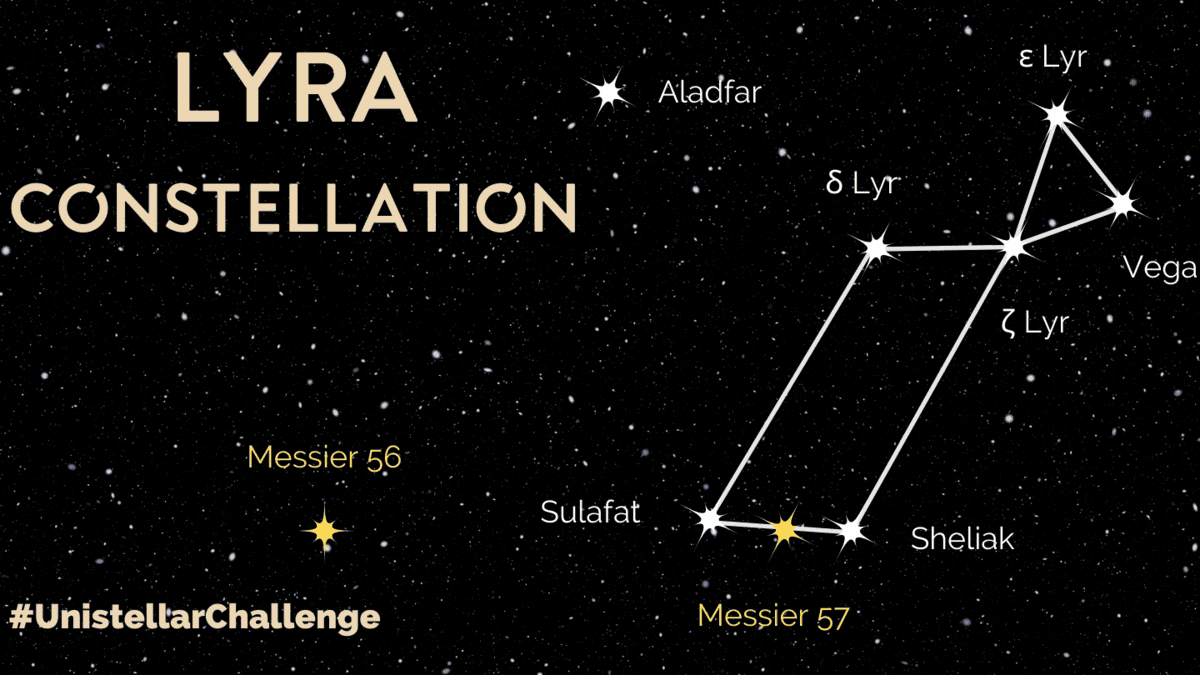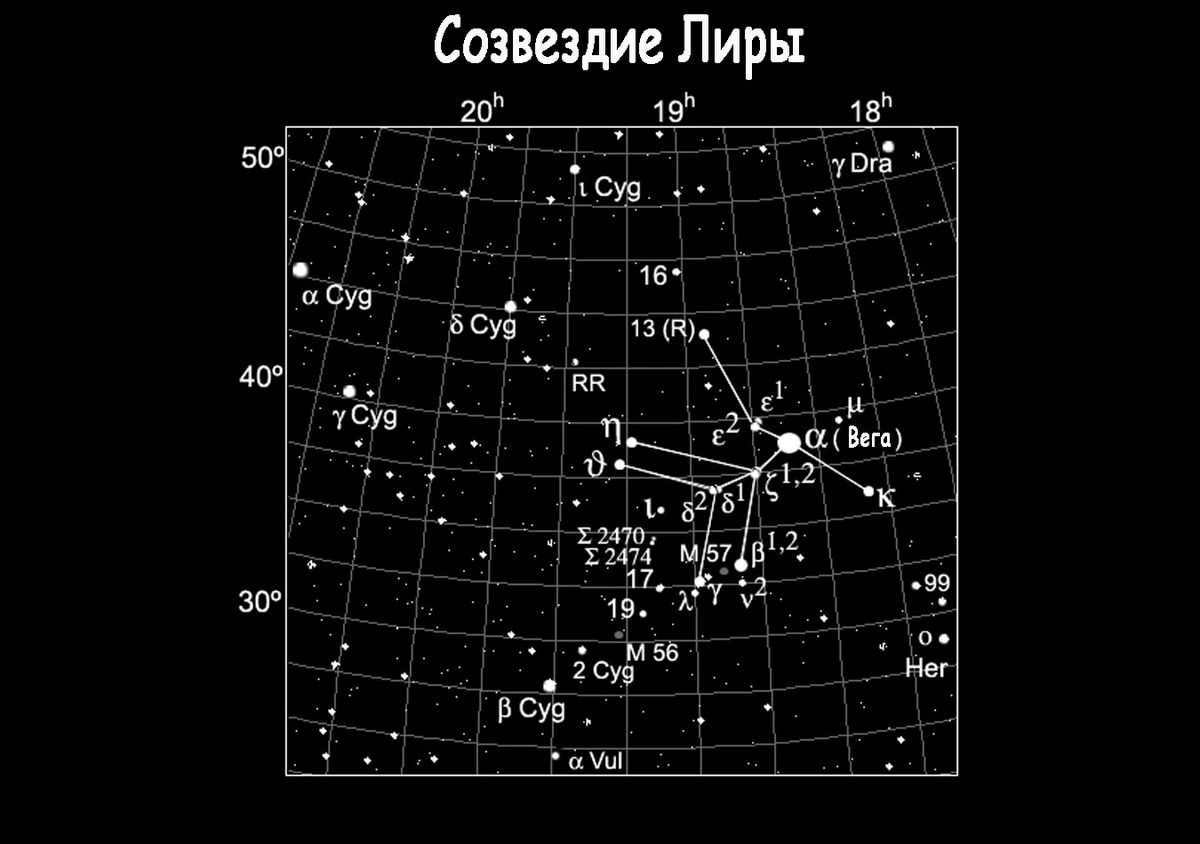
The Lyra constellation is a charming and compact constellation that covers an area of approximately 286.5 square degrees in the night sky. The naked eye can easily identify a total of 75 stars within this constellation. One of the most prominent stars in the Lyra constellation is Vega. By connecting the stars that form this constellation, you can observe a distinct parallelogram shape, which is a defining characteristic of Lyra.
Observation
There is an observation that needs to be made.
There is something that needs to be noted.
It is worth observing that…
One can observe that…
It should be noted that…
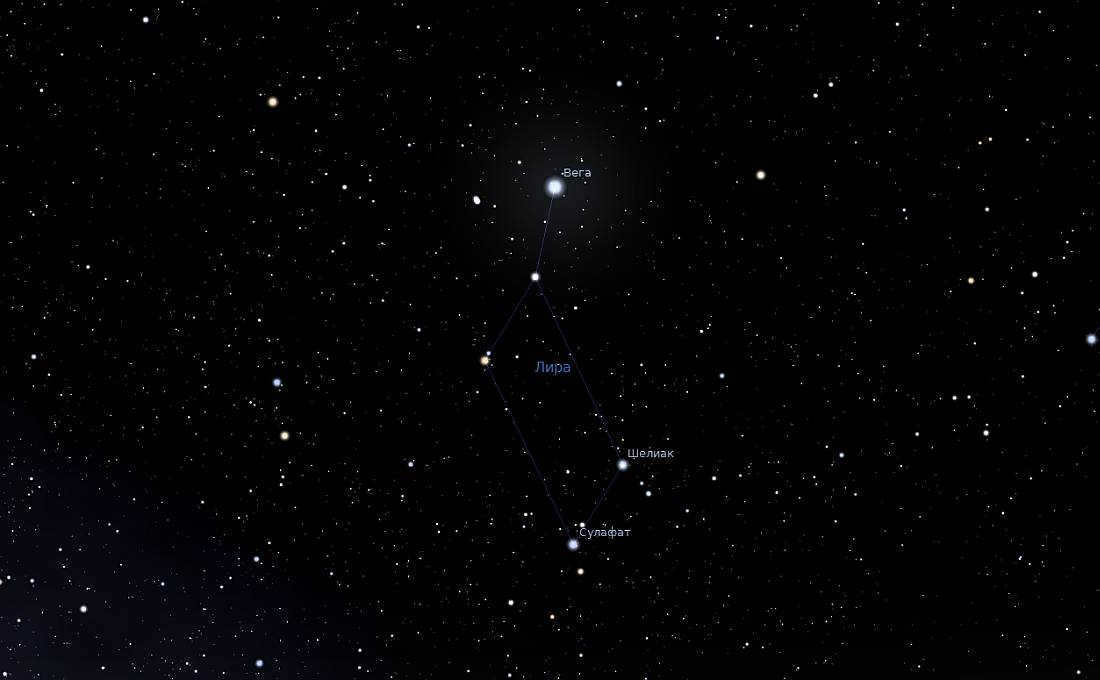
Screenshot taken from a planetarium program
The constellation Lyra can be seen for most of the year in the middle latitudes. It occasionally dips below the horizon, but can still be observed at dawn or dusk during these periods. The best time to view Lyra is from May to October. Although it is a small constellation, it rivals larger constellations in its beauty and the abundance of interesting objects it contains. Lyra can be located near the Swan, the Fox, the “head” of the Dragon, and Hercules.
The constellation Lyra is home to one of the most luminous stars visible in the night sky, Vega. It is also known for hosting multiple star systems and being a hub for Cepheids and other variable stars.
Stellar Phenomena
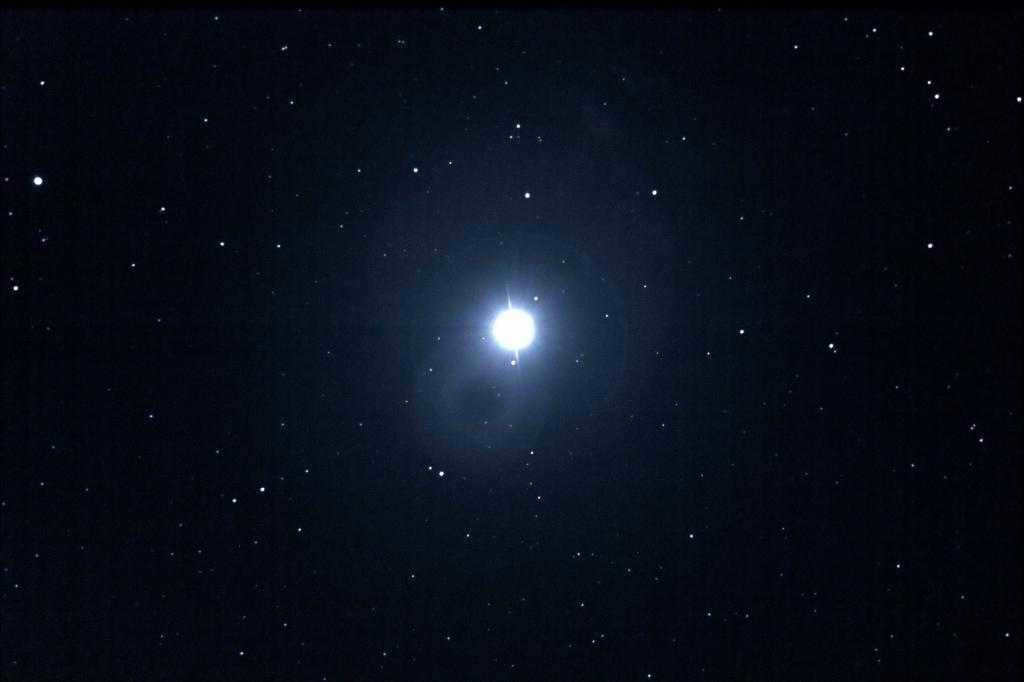
Vega is a star with a stellar magnitude of zero. It is the fourth brightest star in the night sky and is positioned at the apex of a parallelogram. Vega belongs to the category of blue giants and has a diameter twice that of our Sun.
Embarking on a journey to Vega
The distance between this colossal star and our own is approximately 27 light years. Vega serves as a reference point for color, brilliance, and luminosity. Fun fact: In 1837, Russian astronomer V. Y. Struve was the first to determine the distance to Vega.
A brief overview of Vega
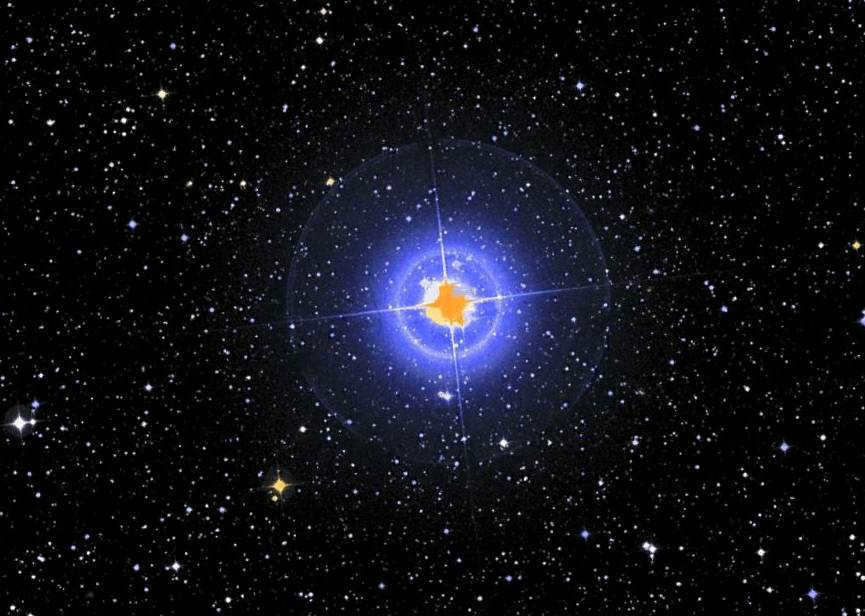
β Lyrae is a star that stands out due to its unique characteristics. One of the most fascinating aspects about it is that it goes through eclipses and its brightness varies. Additionally, it is enveloped by a ring of gas and dust and possesses an expanding envelope.
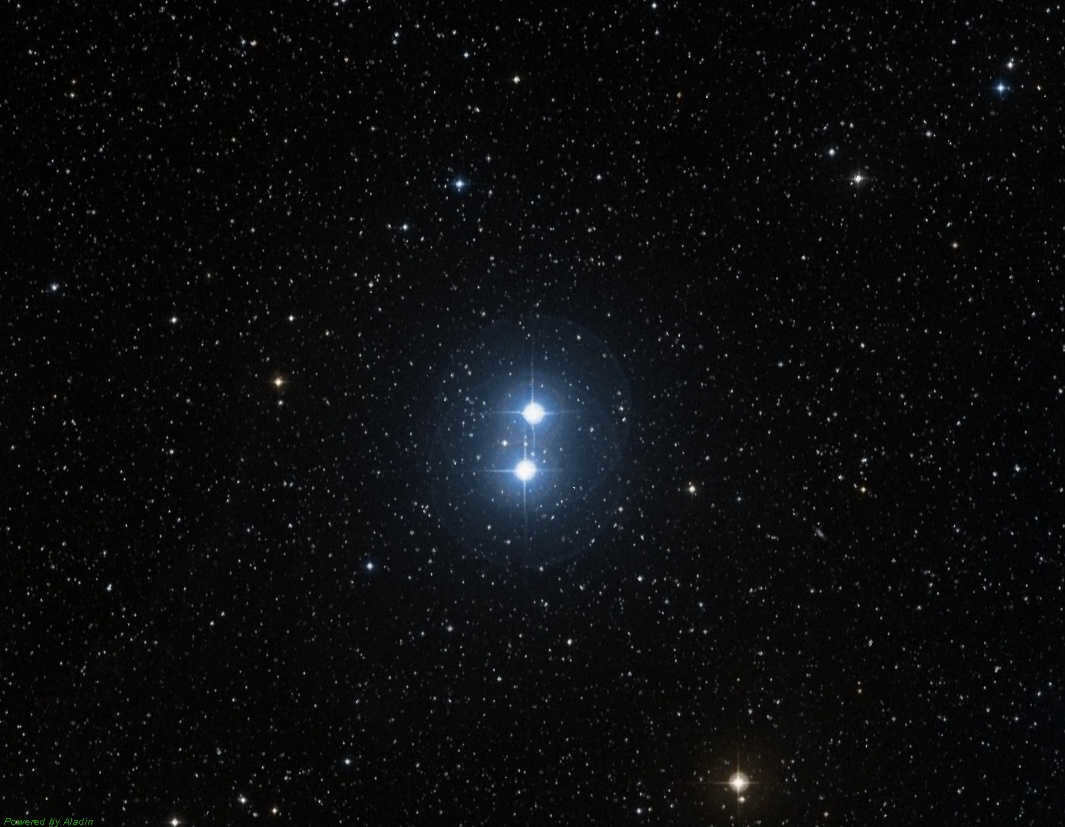
ε Lyrae – is an example of a binary system that can be easily distinguished by the naked eye. By using a telescope with 100x magnification, one can observe the uniqueness of this system. Both elements of ε Lyrae are themselves double systems. Upon closer examination, astronomers have discovered that one of these stars is also part of a separate double system, but it is located very close. Therefore, ε Lyrae can be considered as a fivefold system.
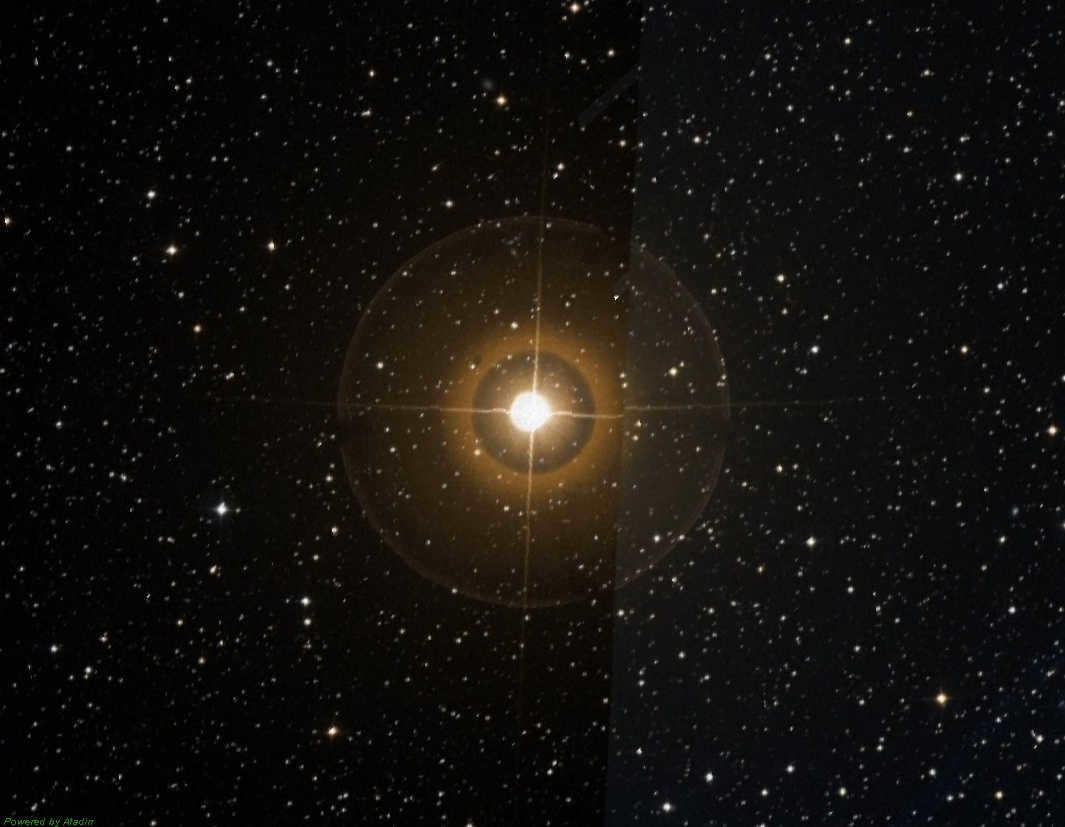
The R of Lyra is characterized by its semi-regular variability, with each period between two flares being consistently unique.
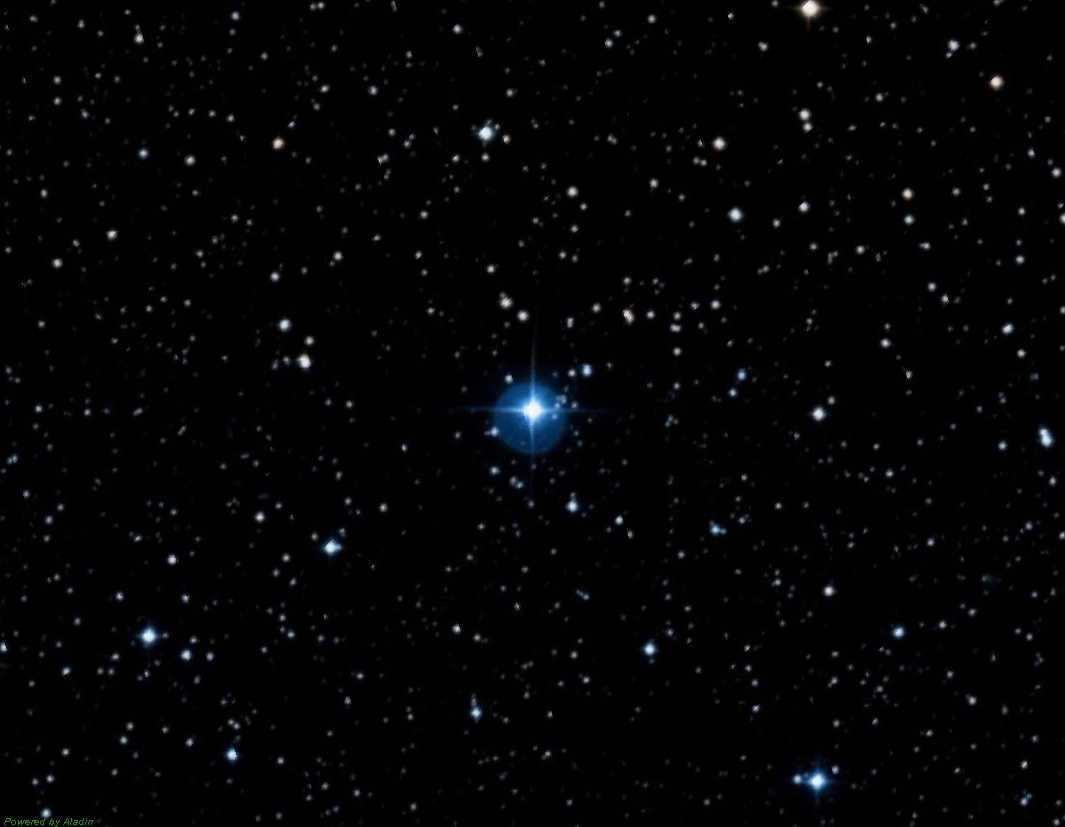
The RR Lyrae of Lyra is a Cepheid variable star with a short period, and it can be observed with just a pair of regular binoculars.
The Lyrid meteor shower
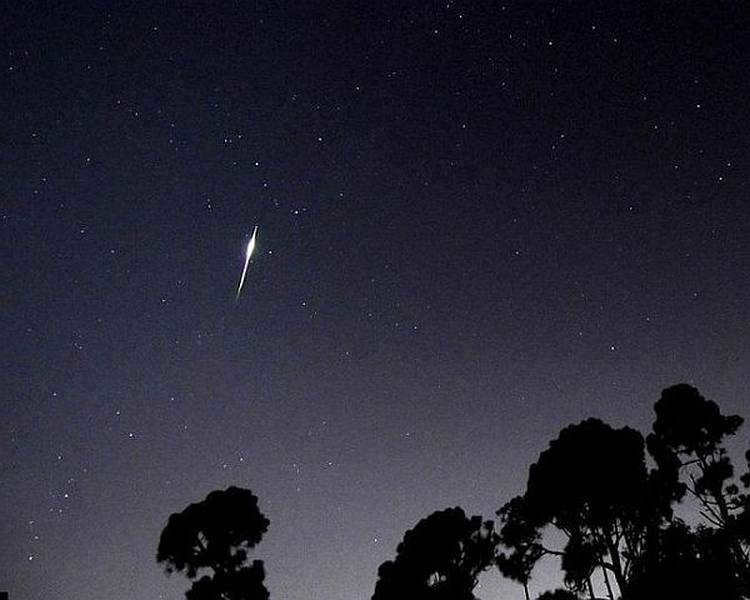
Image of the Lyrid Meteor Stream
Within the Lyra constellation lies the radiant point of the Lyrid meteor stream, which can be observed producing up to 10 meteors per hour.
Location of the M57 nebula in the sky
View of the M57 nebula captured by the Hubble telescope
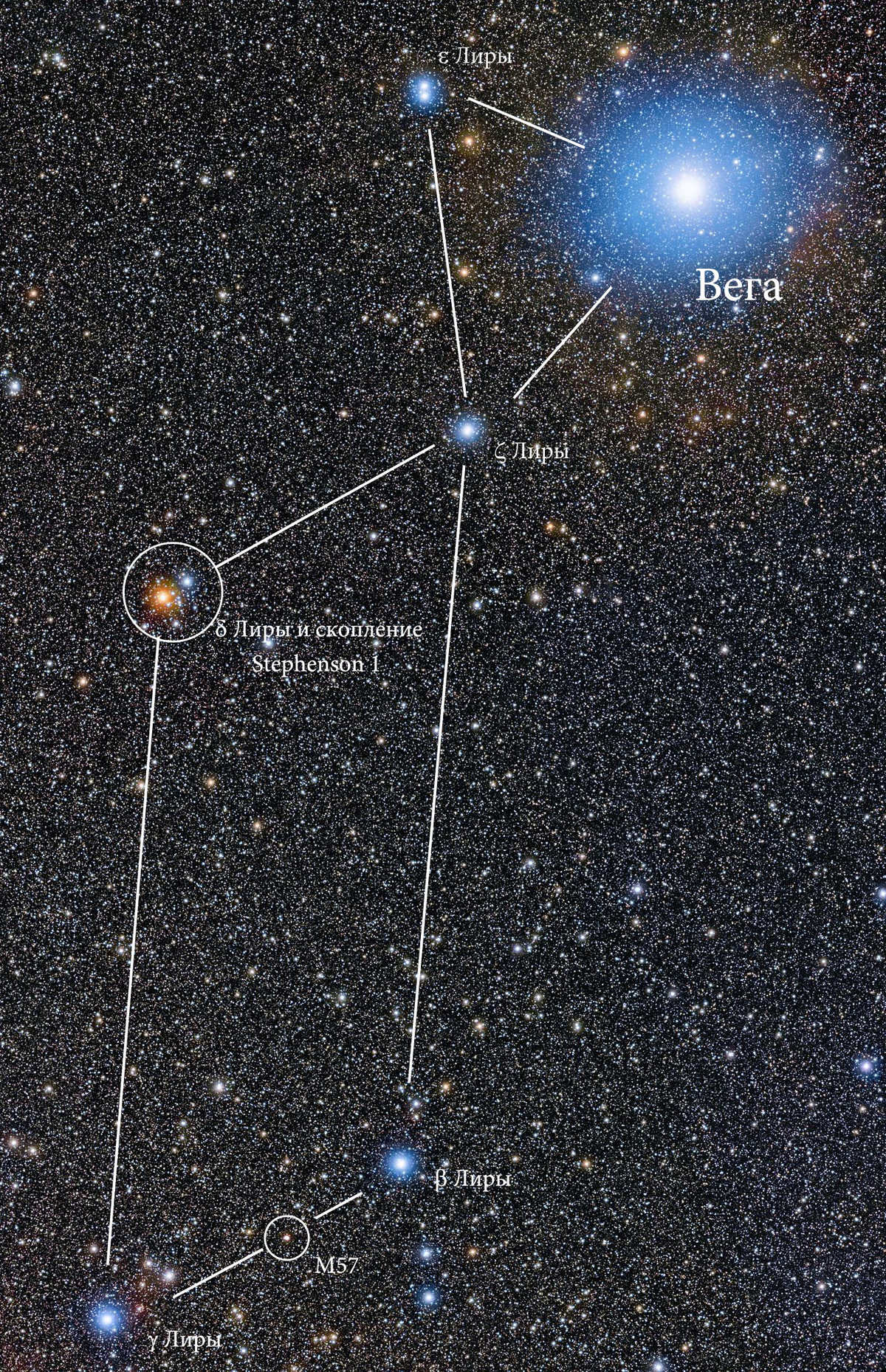
Ring Nebula Hubble image is showcased in this photograph.
Upon closer observation through the telescope, a planetary nebula can be seen located between the β and ε stars. It is officially known as M57.
The M57 unveils its intricate three-dimensional structure.
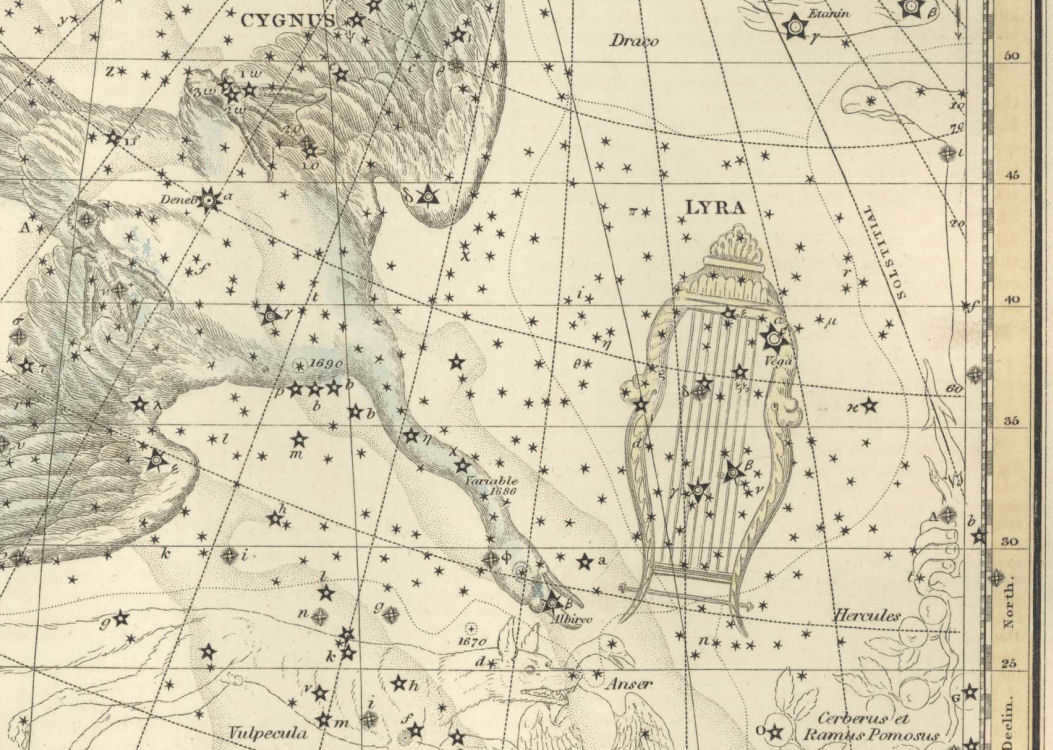
The constellation Lyra, depicted in an ancient celestial atlas, is an ancient constellation that can be found in Claudius Ptolemy’s Almagest. Lyra was a beloved musical instrument of the ancient Greeks and is depicted in the shape of a kite, with Vega holding the lyre in its paws.
Lyra is a constellation located in the northern sky and represents the lyre, a popular musical instrument in ancient times.
This constellation is linked to the myth of the poet Orpheus and was cataloged by Ptolemy in the 2nd century.
Within its boundaries, you can find a multitude of celestial wonders, including the illustrious Vega, which shines as the fifth brightest star in the night sky. Additionally, there is the enigmatic RR Lyra, a variable star that captivates astronomers with its fluctuating brightness. There are also several captivating deep sky objects to behold, such as the mesmerizing globular cluster Messier 56, the ethereal planetary nebula Messier 57 (known as the Ring Nebula), and the captivating merging triplet of galaxies NGC 6745. Finally, one shouldn’t overlook the charming open cluster NGC 6791, which adds its own unique beauty to this celestial territory.
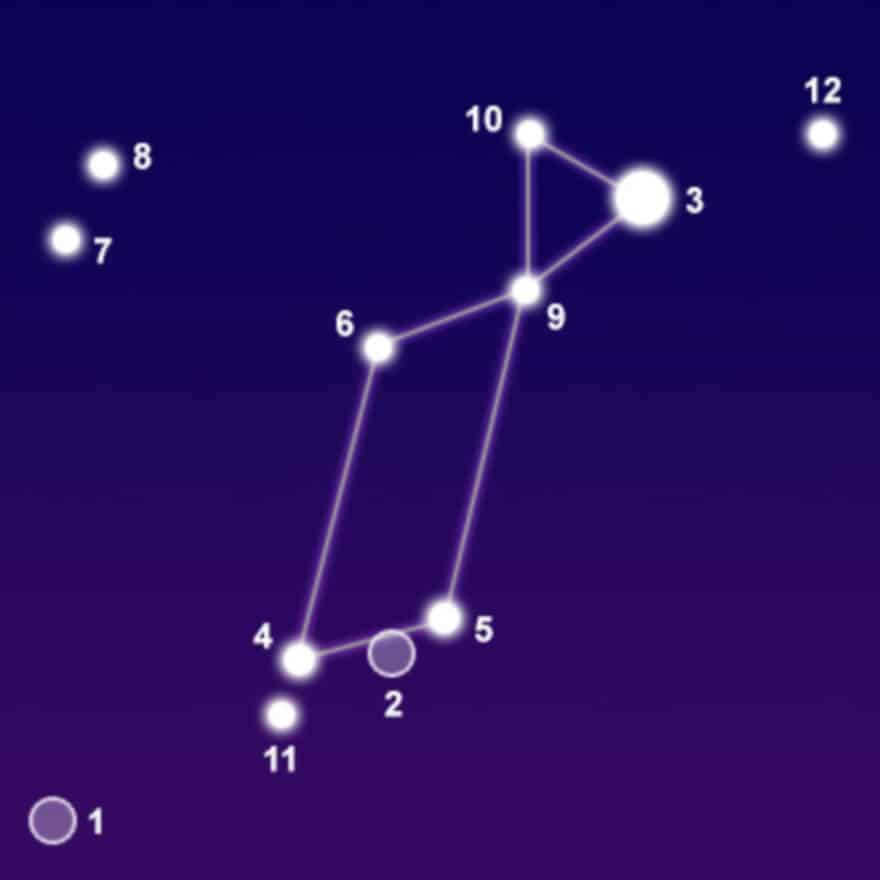
Facts, Location, and Map
The constellation Lyra is the 52nd largest constellation, covering an area of 286 square degrees. It is situated in the fourth quadrant of the northern hemisphere (NQ4) and can be observed at latitudes ranging from +90° to -40°. Lyra shares its borders with the constellations Swan, Dragon, Hercules, and Fox.
Lyra is home to two Messier objects, Messier 56 (M56, NGC 6779) and Messier 57 (M57, NGC 6720, Ring Nebula), as well as 10 stars known to have planets. The brightest star in Lyra is Vega, which has an apparent visual magnitude of 0.03, making it the fifth brightest star in the sky. Additionally, Lyra is known for three meteor streams: the Lyrids (April 21-22), the June Lyrids, and the Alpha Lyrids. For a visual representation of the constellation Lyra, refer to the star map below.
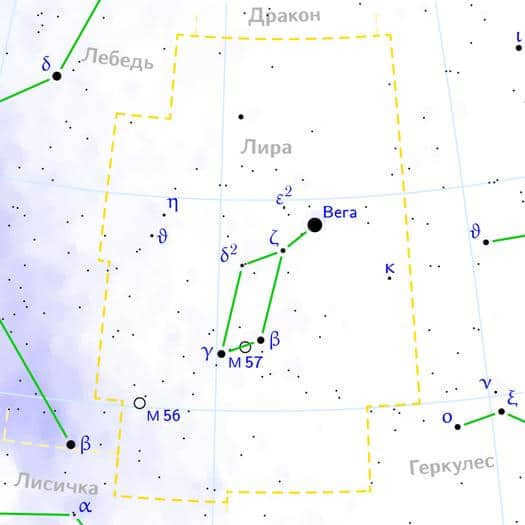
The Legend
According to the legend, Lyra represents the instrument of Orpheus, a talented musician and poet who met a tragic end at the hands of the Bacchae. After Orpheus’ death, his beloved lyre was thrown into a river. However, Zeus, the king of the gods, intervened by sending an eagle to rescue the lyre and placing both the lyre and the eagle in the night sky as a constellation. Orpheus himself was the son of a Thracian king and the muse Calliope. During his youth, he received a golden lyre as a gift from Apollo, the god of music and poetry. Under the guidance of Apollo and his mother, Orpheus honed his musical and poetic skills, becoming a master of both arts.
His music possessed such ethereal beauty that it had the power to captivate even the most stoic of stones. On numerous occasions, she extended her helping hand, such as when she aided him in his valiant rescue of Eurydice, his beloved wife, from the treacherous depths of the underworld. Additionally, she provided invaluable support as he embarked on the perilous expedition alongside Jason and the courageous Argonauts in pursuit of the coveted Golden Fleece. Without his melodic contributions, the crew would have found themselves trapped in the clutches of the Sirens, whose seductive harmonies lured sailors to their untimely demise. However, precisely when danger reached its zenith, Orpheus skillfully strummed the strings of his lyre, and the enchanting melody roused the men from their trance-like state.
The most well-known tale is the demise of his spouse. During a wedding ceremony, she attempted to elude a satyr and inadvertently stumbled into a cluster of serpents. After being bitten on her heel, she tragically perished. Upon discovering her lifeless form, Orpheus skillfully played a profoundly sorrowful melody that even moved the gods to tears. Overwhelmed with grief, they advised him to venture into the underworld and endeavor to reclaim her soul. Orpheus performed for Hades, who ultimately granted them permission to return to the realm of the living, with one stipulation: Orpheus must not glance back until they had arrived. Regrettably, he forgot this crucial condition and, just moments before their departure, he instinctively gazed upon his wife, who had vanished forever.
As a consequence of his refusal to pay homage to Dionysus, Orpheus was mercilessly torn apart by the Bacchantes. The Muses carried his lyre to the heavens and, in addition, they gathered the remnants of his body and interred it beneath Mount Olympus.
Notable Celestial Bodies
Discover the prominent celestial bodies within the Lyra constellation through comprehensive explanations, images, and categorization.
Vega (Alpha Lyrae) is classified as a white dwarf (A0V) and possesses an apparent visual magnitude of 0.03, making it the brightest star within the constellation, the second brightest in the northern hemisphere, and the fifth brightest overall. It is located approximately 25.04 light years away. During the year 12000 B.C., Vega served as the pole star, and it is projected to reassume this role in the year 13727.
Vega holds significant scientific value as it was not only the first star, besides the Sun, to be captured on film but also had its spectral data documented. This momentous achievement was accomplished by William Bond and John Adams Whipple at the Harvard College Observatory on July 17, 1850. Subsequently, American amateur astronomer Henry Draper successfully photographed the star’s spectrum in August 1872.
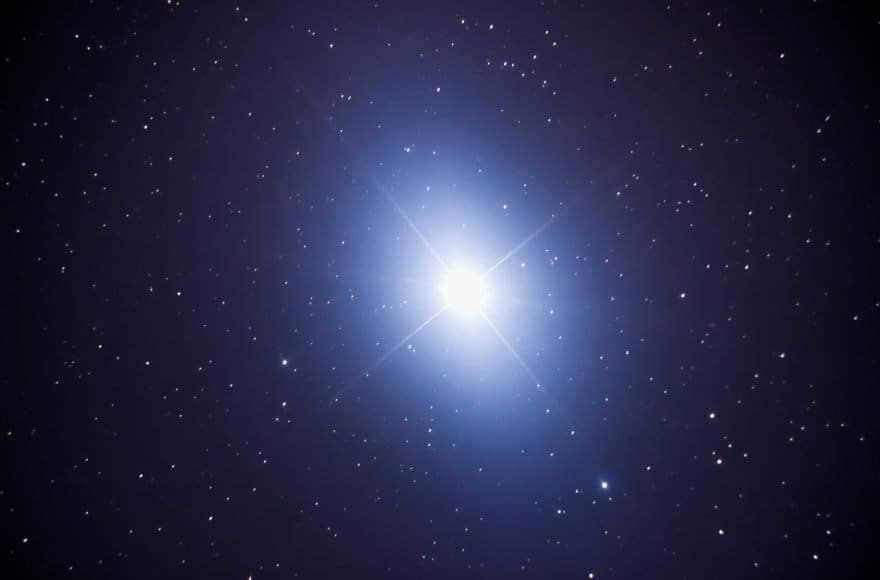
Vega, also known as Alpha Lyrae, is 2.1 times more massive than the Sun and is only a tenth of its age, with a lifespan of approximately 455 million years. This star is classified as a variable star due to its unpredictable changes in brightness. It has a rapid rotation speed of 274 km/s at its equator.
Scientists believe that Vega possesses a circumstellar dust disk, which emits excess infrared radiation. There is also speculation that Vega may have at least one giant planet similar in size to Jupiter in its orbit.
Due to its significant brightness, Vega is easily visible in the night sky. It is a prominent member of the Summer-Fall Triangle, along with Altair (Eagle) and Deneb (Swan). Vega can be found at the top of this celestial triangle.
Sulafat, also known as Gamma Lyrae, is a massive blue-white star (B9 III) with a visual magnitude of 3.261, making it the second brightest star in the Lyra constellation. It is located approximately 620 light-years away from Earth. Sulafat has a radius 15 times larger than the radius of the Sun and rotates at a velocity of 71-72 km/s. The name Sulafat derives from the Arabic word al-sulḥafāt, which means “turtle”.
Sheliak, also referred to as Beta Lyrae, is a binary star system situated about 960 light-years away. It has an apparent visual magnitude of 3.52 and exhibits variable luminosity, ranging from 3.4 to 4.3 magnitudes. The discovery of Sheliak is credited to British astronomer John Goodricke, who first observed it in 1784. The stars in this system are so close together that they appear as a single point of light when observed through optical telescopes. However, they form a spectroscopic double star, meaning their spectra can be measured individually. Sheliak has a rotation period of 12.9414 days, during which the stars periodically eclipse each other.
The main star of this binary system is a giant of blue-white color (B7II). The second object in this system is also a star of class B. One of them occupies the Roche cavity of the double star, while the other does not. The accreting star receives gas from the surface of the donor star, and the transfer of mass between them is the dominant factor in the system’s evolution. The B7II star was once much more massive but lost a significant portion of its mass to the companion star during its transformation into a giant. This mass transfer led to the formation of an accretion disk around the star, making it difficult to determine its precise type.
The name “Sheliak” is derived from Arabic and means “turtle” or “harp”.
R Lyrae is a red giant star (M5III). It exhibits semi-regular pulsations and has an apparent magnitude ranging from 3.9 to 5.0. It is located approximately 350 light-years away from our solar system. R Lyrae is significantly brighter and larger than the Sun but has a lower heating capacity.
Lyra Delta is a star and a star system that are both known by the same Bayer designation.
The Lyra Delta 1 system consists of two stars that have a rotation period of 88 days. The visible magnitudes of these stars are 5.569 and 9.8. They are located very close to each other, forming a spectroscopic double system that is 1100 light years away from us.
The main star in this system is a blue-white dwarf (B2.5 V), which is twice as hot and brighter than the Sun. The companion star is an orange giant (K2III), which is larger and brighter than the Sun but cooler in temperature.
On the other hand, Lyra Delta 2 is a red bright giant (M4 II) with an apparent visual magnitude of 4.30. It is located 740 light years away from us and is 6500 times brighter than the Sun. It also has a radius that is 200 times larger than the Sun. This star is estimated to be 75 million years old.
Epsilon Lyrae is a binary star system located 162 light-years away. It has an apparent visual magnitude of 4.7. When observed through a telescope, two stars can be seen, each of which is part of a binary system. These two double stars are in a rotating motion relative to each other.
Epsilon-1 Lyrae is the northern object in the system and is composed of two stars that are separated by 2.35 arc seconds. Their apparent magnitudes are 4.7 and 6.2, and they have an orbital period of 1200 years.
Epsilon-2 Lyrae consists of two stars that are separated by 2.3 arc seconds and have magnitudes of 5.1 and 5.5. The orbital period of Epsilon-2 is half that of Epsilon-1.
In 1985, astronomers discovered a fifth object that orbits around Epsilon-2 in a few decades.
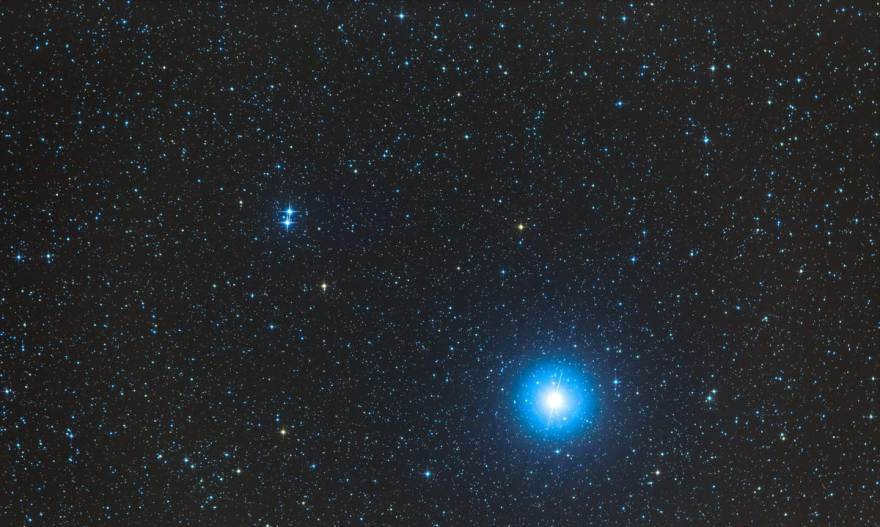
Located near the border with Cygnus, RR Lyrae is a variable star that serves as the prototype for periodic variable stars found in globular clusters, which are commonly used for measuring galactic distances.
RR Lyrae stars are pulsating horizontal stars of spectral class A (occasionally F) with approximately half the mass of the Sun. It is believed that these stars were once similar to the Sun but have since lost mass. They are old, metal-poor stars with an average absolute magnitude of 0.75 and are 40-50 times brighter than the Sun.
Within the RR Lyrae class, Lyra is the brightest star, with an apparent magnitude ranging from 7.06 to 8.12. On average, its apparent magnitude is 7.195, and it is located at a distance of 860 light-years from the Sun.
The variability of Lyra was first observed by William Fleming in 1901. This phenomenon involves regular pulsations that occur over a period of 0.56686776 days, equivalent to 13 hours and 36 minutes. These pulsations cause the radius of the star to fluctuate between 5.1 and 5.6 solar radii.
Lyra is classified as a cataclysmic variable star, specifically a close double system where a white dwarf accretes matter from its companion star. This process creates an unstable disk, leading to periodic outbursts in the dwarf.
The exact nature of the primary body in Lyra has yet to be determined. The system has a standard apparent visual magnitude of 18, but during flares, it can reach a magnitude of 13.6. Two similar events have been observed in the past century: one in 1928 and another in July 1996. The latter event was particularly long and bright, indicating that Lyra is an SU type variable star within the constellation of the Big Dipper.
Cap Lyra is a massive orange star (K2III) with a visual magnitude of 4.323 and a distance of 238 light-years. It exhibits variations in brightness.
Mu Lyra is a subgiant star with a white hue (A3IVn) and a visual magnitude of 5.12. It is located 439 light years away. The Arabic translation of its name, Alathfar, means “claws (of the attacking eagle)”. Mu Lyra shares this name with Eta Lyra and can be found 2.5 degrees west-northwest of Vega.
Gliese 758 is a star similar to our Sun, classified as a yellow dwarf (G8V). It has a visual magnitude of 6.36 and is located 51.4 light-years away. Gliese 758 is easily visible with binoculars. It has a mass that is 97% of the Sun’s and a metallicity that is 51% higher.
In November 2009, scientists discovered a companion star known as Gliese 758b, which has a mass 30-40 times that of Jupiter.
Gliese 747AB (17 Lyrae) is a red dwarf star system that consists of two stars, M3 and M5. This star system is located approximately 26.5 light-years away from the Sun. The two stars orbit around each other, completing one orbit every 5 years. The inclination of their orbit is approximately 0.35″.
Celestial objects
Messier 56, also known as M56 or NGC 6779, is a globular cluster that is located at a distance of 32,900 light-years. This cluster has an apparent visual magnitude of 8.3 and has a diameter of about 84 light-years. It was first discovered by Charles Messier on January 19, 1779.
M56 is situated between the stars Albireo (Beta Swan) and Sulafat (Gamma Lyra). When observed with binoculars, it appears as a fuzzy star. To get the best view of this cluster, an 8-inch telescope is recommended. The age of M56 is estimated to be 13.70 billion years. The brightest stars within the cluster have a magnitude of 13. The cluster also contains around a dozen variable stars.
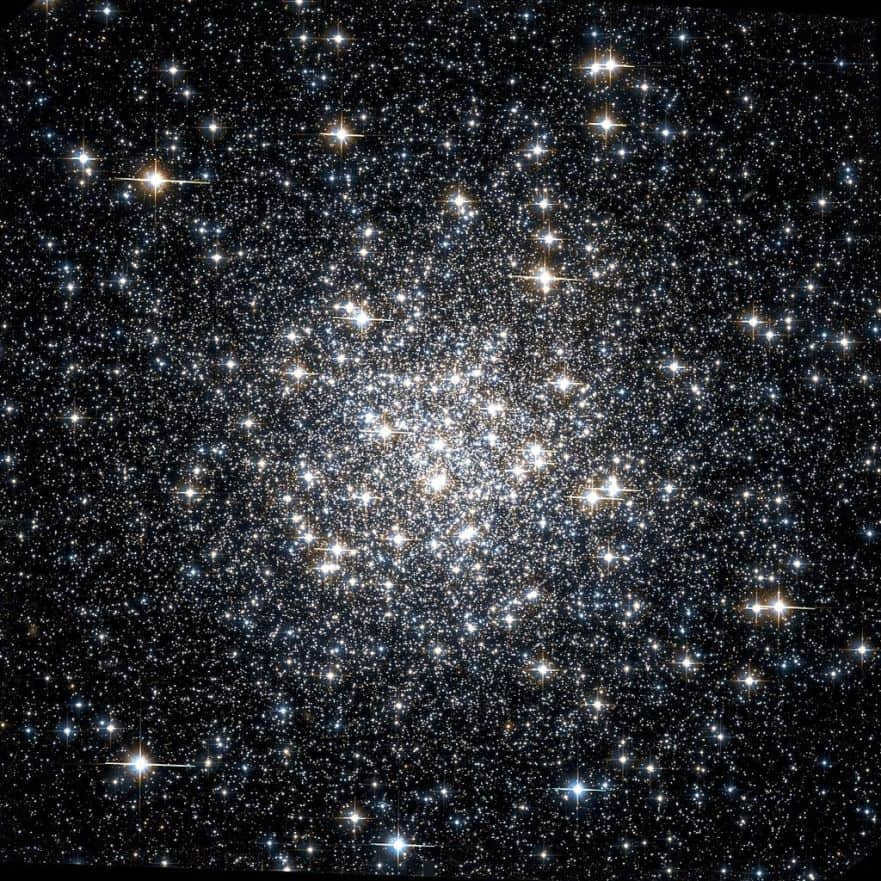
The Lira Constellation (Messier 57, M57, NGC 6720) is a well-known planetary nebula situated to the south of the star Vega. It is relatively simple to locate, making it a popular subject for amateur astronomers.
With a visual magnitude of 8.8 and a distance of 2,300 light-years, the Lira Constellation was first observed by Antoine Darquière de Pellepeau, a French astronomer, in January 1779. Charles Messier also discovered the nebula during the same month and included it as the 57th object in his catalog.
The nebula formed after the red giant star transitioned into a white dwarf and expelled a shell of ionized gas. It is currently expanding at a rate of 1 arc second per century. The central nucleus was identified on September 1, 1886, by Hungarian astronomer Ian Gotthard.
This is a bipolar planetary nebula with a dense equatorial ring that can be seen extending the structure along the major axis of symmetry.
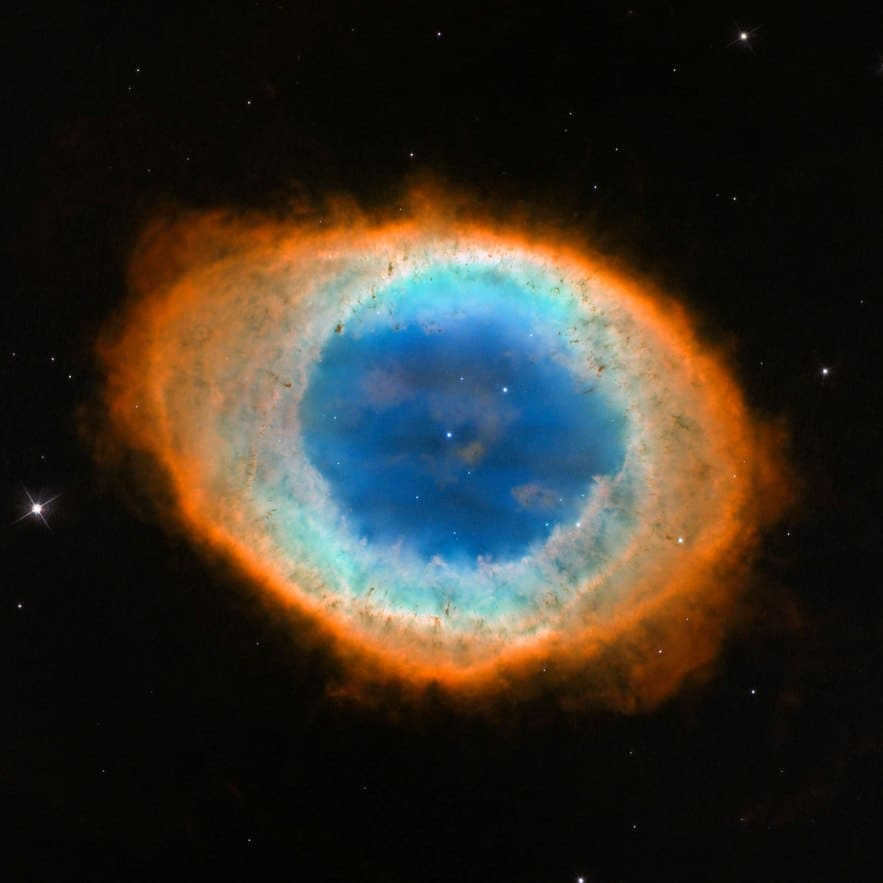
The Ring Planetary Nebula, also known as Messier 57, is a stunning celestial object located in the night sky.
NGC 6791, on the other hand, is a captivating open cluster that shines with an apparent visual magnitude of 9.5. Situated approximately 13,300 light-years away, this cluster is estimated to be around 8 billion years old. Discovered in 1853 by Friedrich August Theodor Winnecke, a renowned German astronomer, NGC 6791 stands out as one of the oldest and most metal-rich clusters within the vast expanse of the Milky Way galaxy.
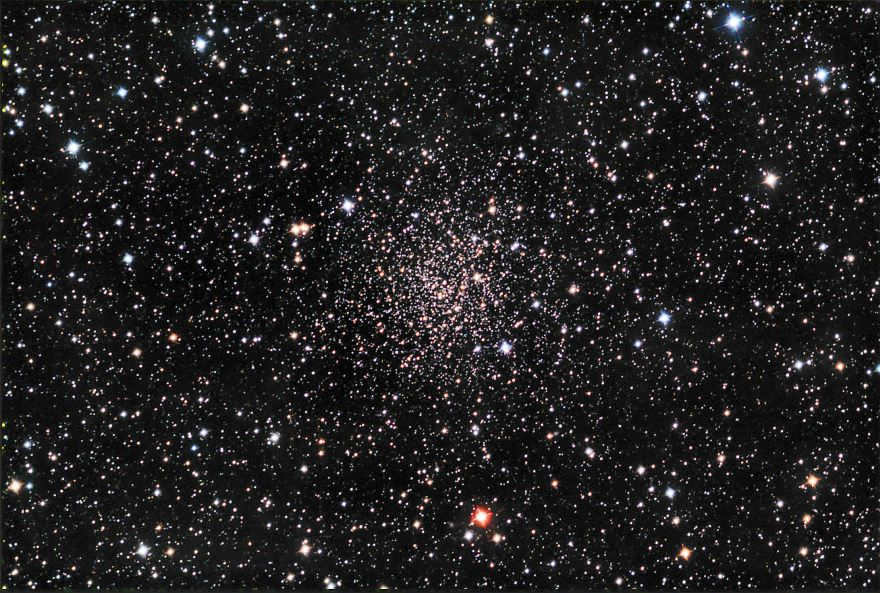
NGC 6745 is a unique galaxy that has a brightness of 13.3 and is located approximately 206 million light-years away. This galaxy has been around for an impressive 10 billion years and is known for its irregular shape. It is actually a trio of galaxies that have been interacting and merging for hundreds of millions of years.
One of the galaxies in this group, NGC 6745A, used to be a spiral galaxy before the collision. However, its appearance has drastically changed as a result. Another galaxy, NGC 6745B, has already passed through the initial collision and is now moving away. It is believed that this galaxy has lost a significant amount of its interstellar medium during the interaction.
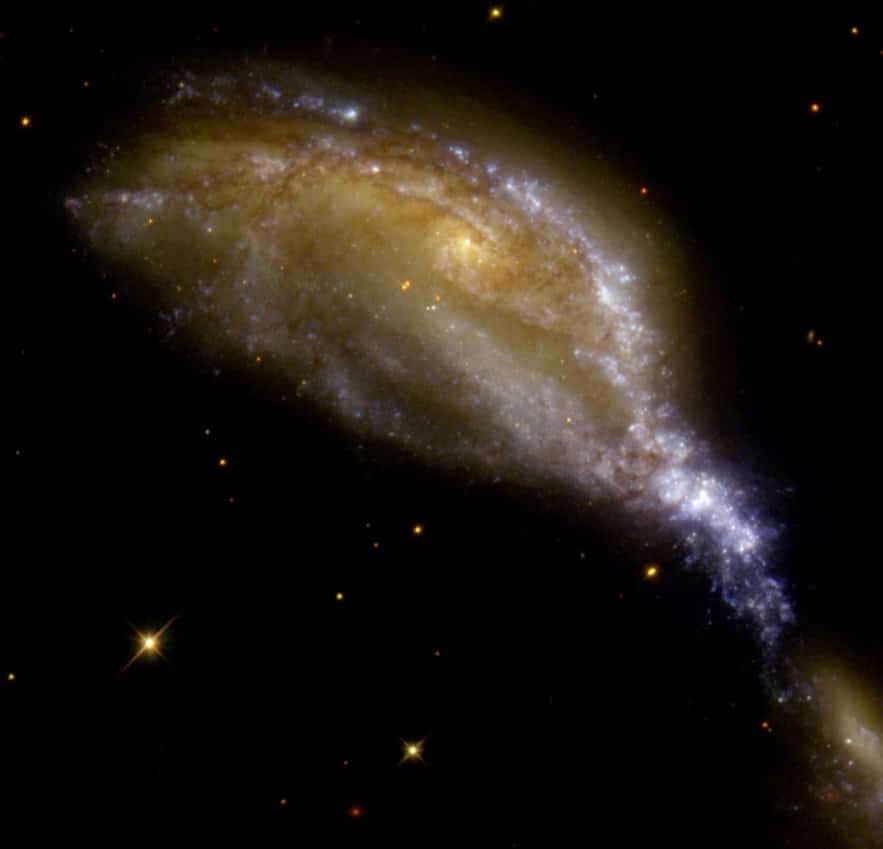
IC 1296 is a spiral galaxy with a junction. It is situated 221 million light-years away and possesses a visible magnitude of 14.8. It is positioned 4 degrees to the northwest of the Ring Nebula.
If you wish to explore the constellation Lyra in greater detail, you can utilize our collection of images as well as access 3D models and an online telescope. To aid in your personal search, a star map will prove to be invaluable.
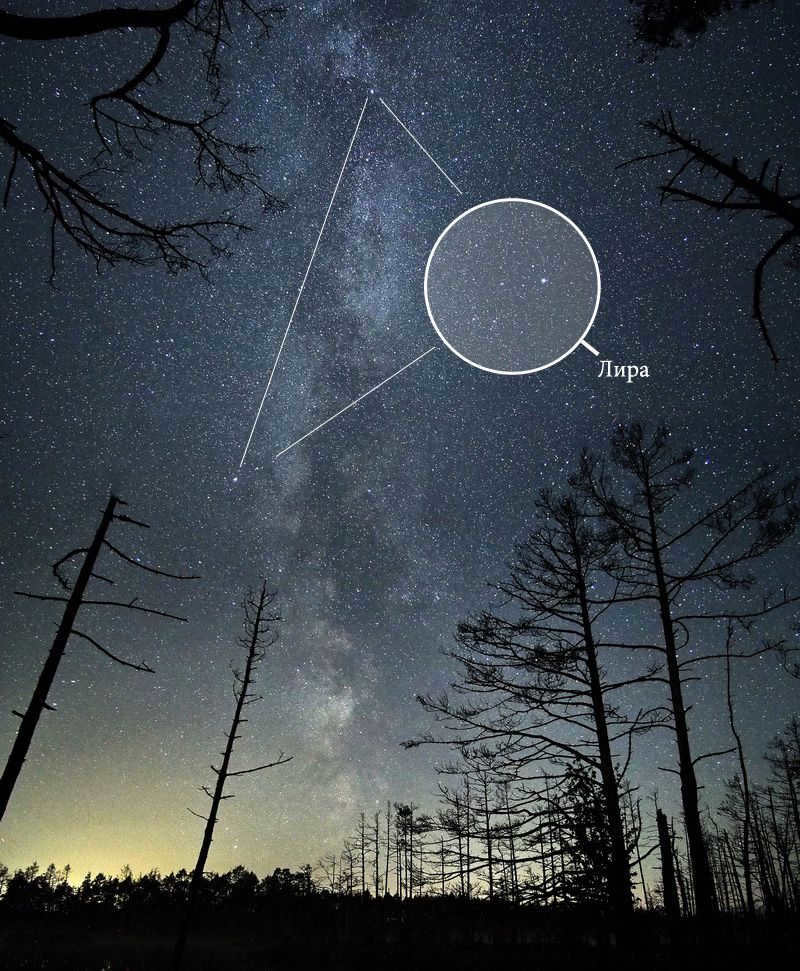
In the summer sky, there are numerous captivating constellations. You don’t need a vivid imagination to visualize a magnificent bird soaring with its wings spread wide in the depiction of the Swan. The Dolphin constellation is instantly memorable due to its small diamond shape formed by four stars, with a fifth star forming its tail. Another easily memorable constellation is Lyra, which is both compact and attention-grabbing. It holds a prominent position among the major constellations visible in the summer sky.
Many individuals who have a passion for astronomy primarily associate Lyra with Vega, which is the main star of the constellation (also known as Alpha (α) of Lyra on maps). Vega not only serves as the brightest star in Lyra, but it also holds the title of being the brightest star in the entire summer sky! It is ranked fifth among the brightest stars, following Sirius, Canopus, Alpha Centauri, and Arcturus.
During the months of July and August, Vega can be observed at a very high position in the evening sky. To witness its brilliance, all you need to do is face south and look upwards. Vega outshines other celestial luminaries, including stars and planets. Due to this, it is often referred to as the monarch of the summer sky.
What is the method to locate the Lyra constellation in the celestial sphere?
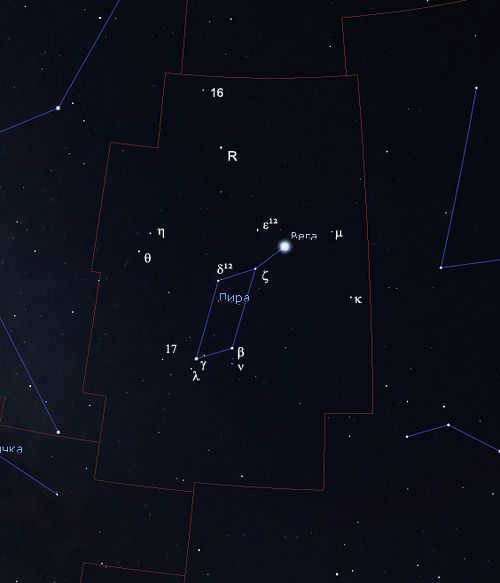
The boundaries of the Lyra constellation and the designations of its brightest stars. Image: Stellarium
Vega, the brightest star in Lyra, outshines the other stars in the constellation. This makes it a useful reference point when looking for the other stars.
The primary feature of Lyra is a small parallelogram formed by two 3rd magnitude stars and two 4th magnitude stars, positioned just below Vega. The top two stars in the parallelogram are zeta (ζ) Lyrae, with a magnitude of 4.3, and delta (δ) Lyrae, with a magnitude of 4.2. These stars are noticeably dimmer than the two stars at the bottom of the parallelogram – beta (β) Lyrae (which is a variable star!) and gamma (γ) Lyrae, with a magnitude of 3.2.
Located just above and to the left of Vega, there is another faint star called Lyra’s epsilon (ε). When combined with Vega and Lyra’s ζ, the epsilon star forms a small triangle that can be referred to as “the second summer triangle.”
On the left side of the parallelogram, you can find two closely spaced 4th magnitude stars, which are Lyra’s eta (η) and theta (θ). On the right side of the parallelogram, you will see the same dim star known as Lyra’s kappa (κ). Continuing along the line connecting Vega and ε Lyra, you will come across the variable star R Lyra and the star 16 Lyra, which has a magnitude of 5 stars.
In general, the constellation contains at least 40 stars that are visible to the naked eye. However, to observe them, you will need a truly dark and moonless sky. Under normal conditions, such as in areas with city lights, it is considered good if you can spot around a dozen stars!
When is the best time to spot the Lyra constellation?
The Lyra constellation is typically seen during the summer months, specifically in the evenings when it is positioned at its highest point above the horizon in the southern sky. However, it is worth noting that Lyra can also be observed in the night sky of Russia and neighboring countries outside of the summer season.
During the autumn season, Lyra can be observed in the evenings high in the sky towards the southwest. As the night progresses, it gradually moves towards the west and later in the night, it can be spotted in the northwest.
In winter, Lyra can be seen in the evenings towards the west and northwest. In the morning, it can be observed in the eastern part of the sky.
Lastly, during the spring season, Lyra can be seen throughout the entire night. In the evening, it is positioned low above the horizon in the northeast. As the night continues, it moves towards the east and by morning, it is high in the southeast.
It is worth mentioning that above the latitude of Kiev, the brightest star of Lyra, Vega, remains constantly above the horizon! As a result, in Moscow, Riga, and St. Petersburg, the northern section of Lyra can be seen throughout the entire year, while in Murmansk and Arkhangelsk, the constellation is always visible with the exception of the white nights period.
| Summer | Almost directly overhead in the south | Situated high in the sky, towards the southern and southwestern horizon | Rising high in the sky, towards the western horizon |
| Fall | Located high in the sky, towards the southwest and west | Found lower in the sky, towards the northwest horizon | Partially visible towards the north (at latitudes of Moscow and St. Petersburg) |
| Winter | Positioned low in the sky, towards the northwest | Partially visible towards the north (at latitudes of Moscow and St. Petersburg) | Not very high in the sky, towards the northeast and east |
| Spring | Situated low in the sky, towards the northeast | Quite high in the sky, towards the east | Rising high in the sky, towards the southeast horizon |
The myth behind the constellation Lyra
For over two millennia, the constellation Lyra has represented the fabled musical instrument played by the renowned figure of Greek mythology, Orpheus. However, it was the innovative Hermes (known as Mercury in Roman mythology) who actually invented the lyre. He accomplished this by simply stretching seven strings across the shell of a tortoise. Hermes then gifted the lyre to Apollo, who in turn bestowed it upon Orpheus. Thus, the exquisite instrument found its match in an unparalleled singer and musician.
Legend has it that Orpheus possessed the ability to work true magic with his music. His melodic tunes would summon wild animals from all corners, cause birds to take flight at the first strum of his lyre, and move trees and ancient rocks to listen intently. It is even said that Orpheus could elicit genuine emotions from the gods themselves!
When his beloved wife, Eurydice, tragically perished from a snakebite, Orpheus embarked on a journey to the realm of the dead in order to plead with Hades for her return. He charmed Charon with his music, and Charon ferried him across the river Styx, which separated the world of the living from the realm of the deceased. Eventually, Orpheus stood before Hades and Persephone, beseeching them to allow him to sing his song about Eurydice. In his heartfelt melody, he implored for his wife to be reunited with him, arguing that their journey through life was merely a temporary separation, as they would inevitably return to Hades together. If this was not possible, Orpheus offered to remain in the underworld and forgo returning to the world of the living.
Orpheus’ song touched the entirety of the afterlife realm: Sisyphus ceased his eternal task of rolling a boulder up a mountain, and Tantalus momentarily forgot the torment of his perpetual hunger and thirst. Even the stern Persephone shed tears! Moved by the music, Hades granted Orpheus permission to take Eurydice back, with the condition that the hero must refrain from looking back at her until they reached the world of the living. Orpheus gladly agreed and maintained his composure throughout the journey. However, just as he was about to exit the realm of the dead, he glanced back to ensure that Eurydice hadn’t lost her way, fallen behind, or grown weary from the arduous trek. To his dismay, he only caught a glimpse of her fleeting shadow before it vanished into the darkness.
According to one variation of the myth, Orpheus spent his remaining days in the idyllic land of Hyperborea, where the sun never sets over the horizon during the summer months. Who can say for certain? Perhaps this legendary realm truly existed in Scandinavia or the Kola Peninsula.
What can be observed in the constellation Lyra?
Despite its small size, the constellation Lyra offers a wealth of sights to behold. There are numerous fascinating objects within the constellation that can be observed using even the simplest of telescopes. Some of these objects can even be seen with binoculars or with the naked eye! This is particularly true for double and variable stars. Additionally, the constellation is home to the famous Ring planetary nebula (M57 in Charles Messier’s catalog) and the relatively bright globular cluster M56.
Furthermore, those who possess large amateur telescopes will have the opportunity to observe several galaxies within the constellation.
The Lyra constellation features a parallelogram and a triangle. Within this area, one can find the Lyra delta scattered cluster and the Ring planetary nebula (M57). Photo: Giuseppe Donatiello
Lyra Epsilon
The initial celestial body to observe is the Epsilon of Lyra. ε Lyrae, the renowned “double-double” celestial body. Epsilon Lyrae is situated 1.7° northeast of Vega and is easily discernible to the unaided eye in rural areas. Even with 30mm binoculars, the celestial body separates into two stars of nearly identical brightness. They present a stunning sight alongside Vega and amidst the expanse of stars. Interestingly, individuals with exceptional vision can even distinguish Lyra epsilon without any optical aid! However, this necessitates an extremely dark and cloudless sky.
The southern component (ε²) is a pair of stars that are slightly closer to each other. These stars have nearly equal brightness, with magnitudes of 5.3 m and 5.4 m. They are separated by a distance of 2.4″ to the east.
In order to observe these stars as individual objects, you will need a telescope with good optics. It is important to note that small and cheap telescopes often have poor optics, which can affect your ability to resolve the stars. Additionally, a calm atmosphere is ideal for observing celestial objects. Lastly, it is recommended to cool your telescope down to air temperature, as this will optimize the image quality.
The Lyra Parallelogram: A Celestial Treasure
The Lyra constellation is home to a plethora of celestial objects, making it a true treasure trove for astronomers. Each star within the parallelogram formation is a sight worth exploring through a telescope. Additionally, there is a scattered cluster and the planetary nebula M57 to further captivate stargazers.
Lyra’s Zeta: A Stellar Gem
The star known as Lyra’s zeta can be found in the upper right corner of the Lyra parallelogram. Alongside Vega and Lyra epsilon, it forms a small, nearly equilateral triangle, adding to the celestial beauty of this remarkable constellation.
Observe this celestial body using binoculars. It will also divide into two distinct components: ζ¹ Lyra, a white star with a magnitude of 4.3, has a yellowish companion with a magnitude of 5.7 at a separation of 44 arcseconds. Unlike epsilon Lyrae, where all four stars are gravitationally bound together (similar to our Sun and planets), the ζ Lyra pair is merely an optical phenomenon: the stars coincidentally appear aligned from our perspective. In reality, they are separated by vast distances in space.
Lyra delta and Stephenson 1.
The adjacent celestial body in the constellation of Lyra is an exquisite double star known as Lyra delta. Positioned 2° to the east of Lyra’s zeta, it serves as the upper left vertex of the parallelogram. This pair is notably wide and can be effortlessly observed using any astronomical instrument. The initial component, δ¹, exhibits a reddish hue and possesses a luminosity of 4.2 m. Conversely, δ² displays a bluish-white shade and boasts a luminosity of 5.6 m.
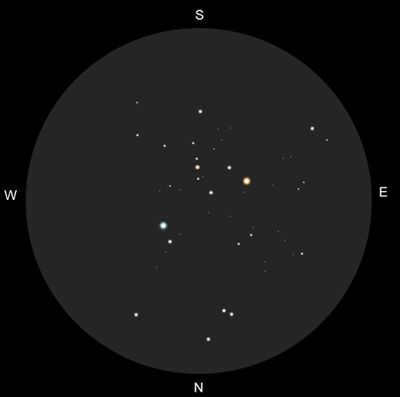
The Stephenson 1 star cluster, also known as the Lyra delta cluster, can be observed through a 350 mm telescope. The image above was sketched from these observations. The source of the image is Starobserver.eu.
Stephenson 1 is a sparse and diffuse star cluster. It spans an area of 20′ × 20′ in the sky. This cluster is often referred to as the Lyra delta cluster. It is an interesting object to observe using binoculars and a small telescope, as long as the binoculars are securely mounted on a tripod. To observe the cluster, point your instrument towards the Lyra delta. You will notice that the stars δ¹ and δ² of Lyra are surrounded by approximately twelve stars of varying brightness and color. Although the cluster appears shapeless, it is clearly separated from the surrounding star field.
The star β Lyra, also known as Sheliak, is situated in the lower right corner of the parallelogram. This stellar object is highly notable for its variability, making it one of the most renowned stars in the night sky. Whether using the naked eye or binoculars, it is easily observable. When at its maximum, Beta Lyra shines nearly as brightly as γ Lyra, whereas at its minimum, it becomes the faintest star within the parallelogram.
Beta Lyra is classified as an eclipsing variable or eclipsing double star. It is composed of two massive, hot stars that are positioned extremely close to one another, rendering them indistinguishable through any telescope. Furthermore, the gravitational forces exerted on the stars cause their shapes to become distorted. Rather than being perfect spheres, they take on the form of ellipsoids. As they rotate around a shared center of mass, the components of the system periodically obstruct each other, resulting in a reduction of the overall luminosity emitted by the system.
Due to the shape of its components, β Lyrae exhibits a continuous variation in brightness with a significant secondary minimum. The complete cycle lasts for 12.9 days. It is evident that this period also corresponds to the rotational period of the stars in the β Lyrae system around their common center of mass.
Attempt to observe the star for a few weeks. Estimate its brightness relative to neighboring stars, γ and ζ Lyrae. You will soon notice that the luminosity of β Lyrae fluctuates in a wave-like pattern.
By the way, even with binoculars, you can spot a companion star with a magnitude of 7.2, located 46″ east of β Lyrae. This companion is an optical pairing and is itself a spectroscopic double with a period of 4.4 days!
Lyra’s Gamma
The brightest star in the parallelogram, Lyra gamma, is located in the center of the most densely populated star field. When viewed through binoculars with a wide field of view, it appears stunning alongside its neighboring star, Lyra lambda.
Ring Nebula, M57
The Ring Nebula in Lyra is renowned as one of the most well-known planetary nebulae in the night sky. Its vibrant and captivating images can be found all over the internet. Despite its popularity, capturing a photograph of this nebulous ring remains a challenge. Even the Hubble telescope has turned its gaze towards this celestial wonder! The stunning images of M57 captured by various observers are true masterpieces of art.
As a result, many beginners often hold a misconception about what the nebula actually looks like when viewed through a small telescope.
To begin with, it is highly unlikely that a simple amateur telescope would be able to depict the color of M57. Its primary function is to gather sufficient light to activate the cones in our eyes responsible for color vision. However, on occasion, observers have mentioned perceiving a bluish glow from the nebula. It is difficult to determine whether this is an optical illusion or an actual phenomenon. I encourage you to personally observe M57 and answer this question!
Additionally, the size of the nebula is nowhere near as expansive as depicted in photographs taken by the Hubble and other large telescopes. It measures approximately 80″ × 60″, which is equivalent to 1.5 × 1 arc minutes! This is 30 times smaller than the apparent size of the Moon in the sky!
Is it possible to observe M57 using binoculars? Certainly. However, it is important to consider that it can be quite challenging to locate it in a 50-millimeter instrument. – A dark, moonless sky and some patience are necessary when searching for it. It is important to note that with 10×50 binoculars, the nebula will appear as a faint, hazy star. However, with binoculars that have an aperture of 70 or 80 mm, the nebula can be seen clearly! Even at a magnification of 20×, the shape of the nebula becomes visible. However, it is necessary to securely mount such large binoculars on a tripod.
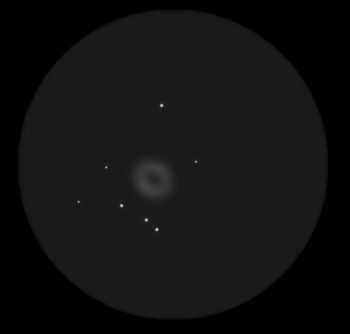
A depiction of the M57 nebula created based on visual observations using a 250-mm telescope. The level of magnification used was 124x. The information was sourced from Bert Schwertman’s Astronomy Sketch of the Day.
In order to observe the nebula as a ring rather than a tiny dot, a telescope with an aperture of at least 120mm is required. With a 350-mm telescope, it is possible to see the central star of the nebula, which happens to be an extremely hot white dwarf. Under optimal atmospheric conditions, it is also possible to discern the structure of the ring.
M57 can be found approximately 3/5 of the way from Gamma to Beta Lyra, just slightly south of the line connecting them. When observed through binoculars, this area of the night sky is truly breathtaking, as it is filled with countless stars. The oval-shaped patch of nebula appears like a small wonder amidst the sparkling lights of distant stars….
Located midway between the gamma-ray star Lyra and Albireo, a stunning double star in the Swan constellation, you will find the magnificent globular star cluster M56. When viewed through 50mm binoculars, this cluster appears as a faint spot. In comparison to well-known globular clusters like M13 in Hercules, M56 may seem unremarkable at first glance. However, with the aid of 70mm binoculars, the cluster reveals its true beauty! It resembles the head of a distant comet without a tail. Observing such celestial objects, one can understand why Charles Messier and other astronomers of the 18th century often mistook them for comets!
Presented below are tables that provide a summary of essential information about double and variable stars, as well as deep space objects that can be observed using binoculars and small telescopes.
Binary and multiple stellar systems in the Lyra constellation
| Vega, α Lyrae | 18h 36.9min | +38° 47′ | A-B | 0,0 | 9,5 | 78,20 | 182 | white + blue | binoculars 15 × 80 | optical | |
| A-C | 0,0 | 11,0 | 51,20 | 293 | white + ? | telescope from 100 mm | optical | ||||
| A-E | 0,0 | 9,5 | 96,40 | 39 | white + ? | binoculars 15 × 80 | optical | ||||
| ε¹ + ε² Lyres | 18 44,3 | +39 40 | AB-CD | 4,7 | 4,5 | 209,00 | 172 | white + white | binoculars 6 × 30 | The famous “double-double.” The most famous representative of such stars in the sky! | |
| ε¹ Lyrae | A-B | 5,0 | 6,1 | 2,51 | 94 | white + white | 1165,6 | telescope from 100 mm | |||
| ε² Lyrae | C-D | 5,3 | 5,4 | 2,37 | 173 | white + white | 724,3 | telescope from 100 mm | |||
| β Lyres | 18 50,1 | +33 22 | A-B | 3,6v | 7,2 | 45,80 | 149 | white + white | binoculars 6 × 30 | ||
| ζ² Lyres | 18 44,8 | +37 36 | A-D | 4,3 | 5,6 | 49,00 | 150 | yellowish white + ? | telescope from 80 mm | components B, C and E are only visible in medium and large telescopes. | |
| ν¹ Lyrae | 18 49,8 | +32 49 | A-B | 5,9 | 10,9 | 34,80 | 73 | yellowish-white + ? | telescope from 80 mm | ||
| A-C | 5,9 | 10,3 | 59,20 | 122 | yellowish-white + ? | telescope from 80 mm | |||||
| C-D | 10,3 | 11,5 | 18,40 | 213 | |||||||
| δ¹ and δ² of Lyra | 18 54,1 | +36 57 | AB-CD | 5,6 | 4,3 | 619,00 | 115 | blue + red | eye | The second “double-double” in Lyra. Not as symmetrical and impressive as Lyra’s Epsilon | |
| δ¹ of Lyra | A-B | 5,6 | 9,9 | 175,80 | 20 | telescope from 80 mm | |||||
| δ² Lyrae | C-D | 4,3 | 11,2 | 88,30 | 349 | red + ? | telescope from 80 mm | ||||
| C-E | 11,2 | 11,6 | 2,00 | 142 | red + ? | telescope from 150 mm | |||||
| β 648 | 18 57,0 | +32 54 | A-B | 5,3 | 8,0 | 1,01 | 255 | yellow + ? | 61,15 | telescope from 250 mm | double with noticeable orbital motion |
| 17 Lyrae | 19 07,4 | +32 30 | A-B | 5,3 | 9,.1 | 3,70 | 290 | light yellow + blue | telescope from 80 mm | ||
| Σ2470 and Σ2474 | 19 09,0 | +34 41 | A-B | 6,4 | 6,6 | 622,00 | 158 | bluish-white + light yellow | binoculars 7 × 50- | ||
| Σ2470 | 19 08,8 | +34 46 | A-B | 7,0 | 8,4 | 13,70 | 269 | bluish-white + bluish-white | binoculars 15 × 80 | ||
| Σ2474 | 19 09,1 | +34 36 | A-B | 6,8 | 7,9 | 15,90 | 262 | light yellow + orange | binoculars 15 × 80 | ||
| η Lyres | 19 13,8 | +39 09 | A-B | 4,4 | 8,6 | 28,40 | 80 | blue + violet | binoculars 10 × 50 | component colors are pale, observers’ estimates differ |
Here are some notations: α and δ represent the system coordinates, V¹ and V² stand for the component brightnesses, ρ denotes the angular distance between the components, and RA indicates the positional angle in degrees (measured from the direction to the north celestial pole). The “Instrument” column specifies the recommended instrument for observing the pair.
Notable variable stars found in the constellation Lyra
| b Lira | 18 50.1 | +33? 22′ | ST | 3.25 | 4.36 | 12.914 | B8III-IIIep | naked eye | Prototype ellipsoidal eclipsing variable stars (type b Lyrae). |
| R Lyrae | 18 55.3 | +42? 48′ | semi-regular. | 3.88 | 5.00 | 46 | M5III | naked eye | The deep orange color of the star is noticeable in binoculars. |
| XY Lyrae | 18 3.3 | +39? 41′ | wrong. | 5.80 | 6.35 | – | M4-5Ib-II | 6 × 30 binoculars | Located 1/2° to the NNW of Vega. |
| W Lyrae | 18 14.9 | +36? 40′ | mirid | 7.30 | 13.00 | 197.88 | M2e – M8e | telescope from 200 mm | |
| RR Lyrae | 19 25.7 | +42? 48′ | RR Lyres | 7.06 | 8.12 | 0.567 | A5 + F7 | binoculars 6 × 30 | Prototype of RR Lyrae type stars, light curve similar to that of the Cepheids |
The types of variables in the constellation Lyrae are as follows: EQ – eclipsing variable, semi-reg. – semi-regular, irregular. – irregular, myrida – long-period variable of the type Keith’s Worlds.
Nebulae, galaxies, star clusters in the constellation Lyrae
| Stephenson 1 | 18h 53.5min | +36° 55′ | rs | 3.8 | 40 | 4.3 | 1030 | 12 | 7 × 50 binoculars | A large cluster of approximately 15 stars surrounding the star Lyra delta |
| M56 | 19 16.6 | +30 11 | shs | 8.4 | 8.8 | 13.2 | 38000 | 90 | telescope from 90 mm | Located in a dense field of stars. Also known as NGC 6779 |
| M57 | 18 53.6 | +33 02 | Planets. | 8.8 | 52 × 86″ | 15* | 2300 | 1 | 100mm telescope | The Ring Nebula, also designated as NGC 6720, is considered one of the most stunning planetary nebulae |
| NGC 6703 | 18 47.3 | +45 33 | Gal. | 11.3 | 2.5 × 2.3 | – | 180 million | 100 thousand. | 200 mm telescope | Visible with a 150-mm telescope, but very faint |
Types of objects: rs – dispersed star cluster, shs – globular star cluster, planetary nebula, gal. – planetary nebula, gal. – galaxy.
* – brightness of the central star in the nebula
The first half of the year is traditionally lacking in “shooting stars”. After the Quadrantids, which peak on January 4, for over three months no small meteor shower of interest appears in the sky. (We are referring to the northern hemisphere of the Earth.) Breaking this trend are the Lyrids, the first significant meteor shower of spring.
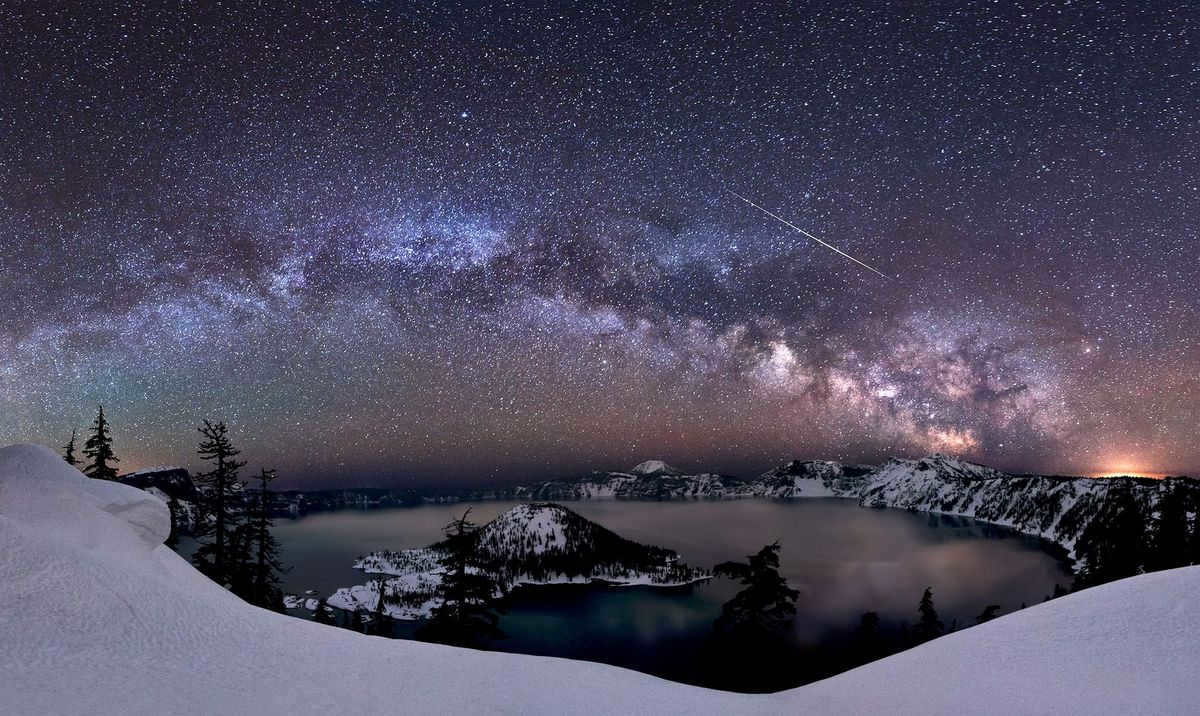
Crater Lake, USA witnessed a magnificent sight as a meteor from the Lyrid stream streaked across the sky. This breathtaking event was captured in a stunning photograph by Brad Goldpaint.
The Lyrids get their name from the constellation Lyra, where their radiant is located. A radiant is a point in the sky where meteors appear to originate from. The Lyrids are linked to the long-periodic comet Thatcher, which was discovered in 1861 (C/1861 G1 Thatcher). This meteor shower is primarily composed of small particles that were ejected from the comet during periods of activity. These particles, which include small ices, pebbles, and dust, continue to orbit the comet and form a sparsely populated torus in space. When the Earth crosses this torus while orbiting the Sun, we can witness the collision of the comet’s particles with our atmosphere. Travelling at a speed of approximately 50 km/s, the dust particles and sand grains rapidly burn up, creating a luminous display at an altitude of around 80 km. This phenomenon is commonly known as meteors or “shooting stars”.
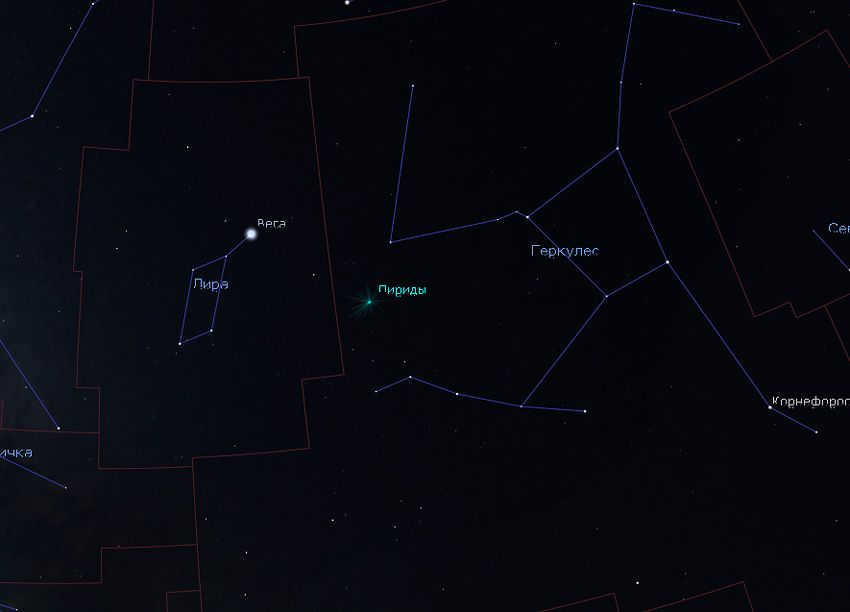
The Radiant Lyrid will gracefully traverse the celestial sphere, making its way from the constellation of Lyra to the neighboring constellation of Hercules on the morning of April 23. (Figure: Stellarium)
Lyrids reaching their peak activity
While not the most abundant meteor stream, the Lyrids still put on a show, with an average of 15 to 20 meteors per hour at their peak. Astronomers gauge the abundance of a meteor stream using the Zenith Hourly Rate (ZHR), which represents the number of meteors an observer would see per hour if the stream’s radiant point were directly overhead and the observer’s maximum apparent stellar magnitude matched the theoretical magnitude of 6.5m. For the Lyrids, the ZHR can vary from year to year, but it typically averages between 18 and 20. Under ideal conditions, this is the maximum number of meteors an observer could theoretically spot in an hour of observation.
Nevertheless, there have also been instances of lively Lyrid outbursts. For instance, back in 1982, an astounding 90 meteors per hour were documented! Furthermore, in both 1803 and 1922, the stream produced spectacular meteor showers, with approximately 1800 meteors at the height of the activity!
However, no such outbursts are anticipated this year. Consequently, if you dedicate yourself to diligently scanning the heavens (preferably away from urban areas), you can reasonably expect an average of around 1 meteor every 5-6 minutes.
Observing the Lyrid meteor shower in 2023
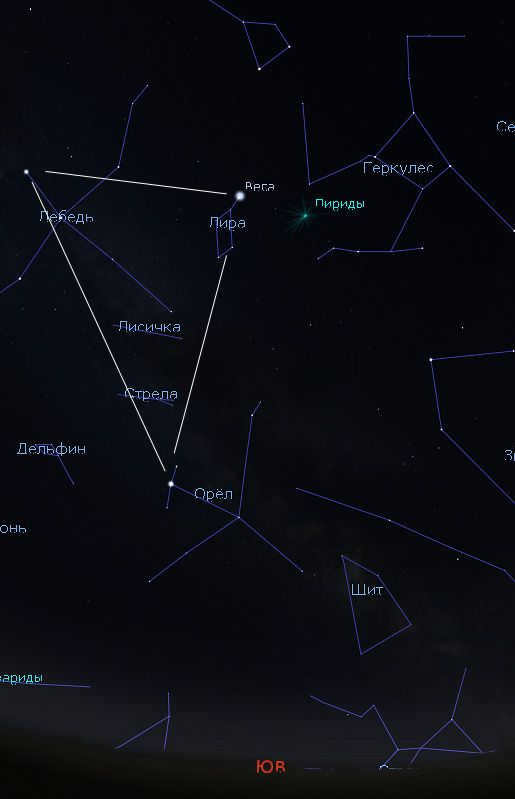
In the early morning of April 23, you can catch a glimpse of the Lyra constellation in the southeastern sky. Look to the right of the Summer Triangle to find the radiant Lyrid. Image credit: Stellarium
Great news! On April 22 and 23, you’ll have the chance to witness the Moon in its delicate crescent phase during the evening. This fortunate occurrence will have no impact on your observations, allowing you to marvel at the most radiant meteors. And if you’re fortunate enough to find yourself beneath a truly dark sky, devoid of any flashlight interference, you might even catch a glimpse of meteors with a stellar magnitude of 3 or even 4.
Where to Find Lyrids?
Lyrids meteor shower is associated with the constellation Lyra, which is relatively small. Lyra is recognizable by its prominent star Vega, one of the brightest in the night sky, and a small parallelogram formed by four 3rd magnitude stars below it. However, to maximize your chances of observing as many meteors as possible, it is recommended to direct your gaze away from Lyra, approximately 60° off its position.
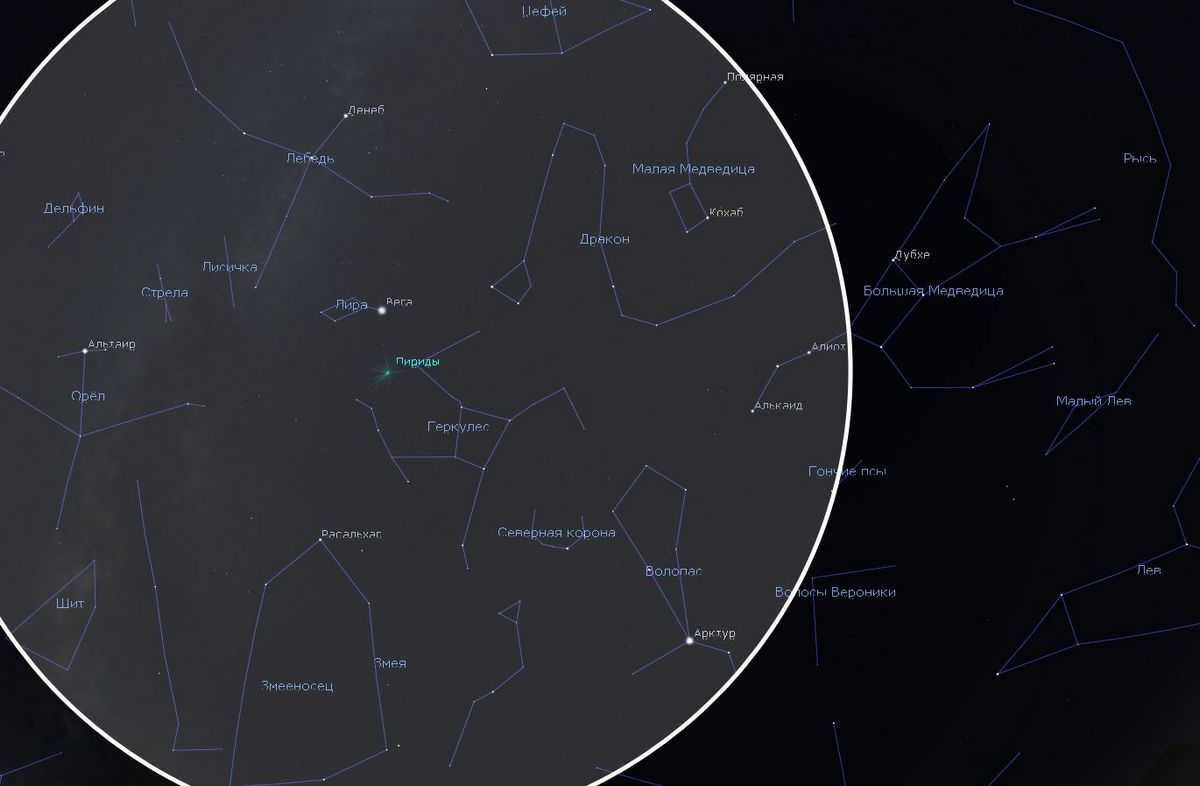
The regions of the sky where Lyrids can be best seen are indicated by the border of the circle in the above image. These regions include the constellations of Volopassus, the Big Dipper, and the Little Dipper. Illustration: Stellarium
To the south, we have the Volopassus constellation and the star Arcturus. Towards the zenith, you will find the handle of the Big Dipper. In the northern direction, there is the Little Bear and Polaris. Choose one of these directions and make a careful observation for at least 5 minutes. You are guaranteed to spot 1-2 “shooting stars”!
What is the appearance of meteors from the Lyrid stream?
Meteors from the Lyrid stream are characterized as white and relatively fast, lacking any visible trails. However, it is not uncommon to observe bolides among them, which are exceptionally bright meteors that can rival the brilliance of Venus or even surpass it.
Lyrids: a brief overview
Radiant: Lyra, Hercules
Radiant coordinates: α: 18h 10 min; δ: +33.3°
ZHR: 18
Velocity: 46.8 km/s.
Meteor color: White
Parent object: C/1861 G1 (Thatcher)
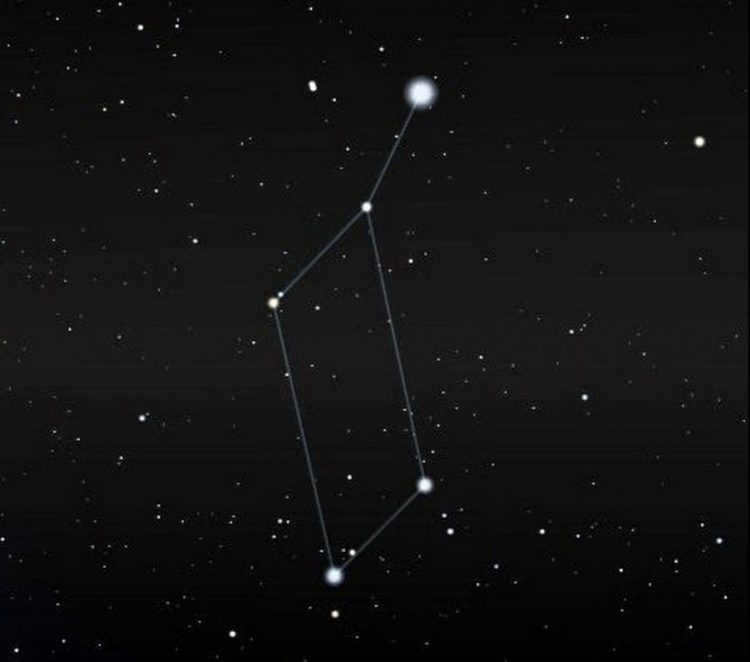
- Constellations
Lyra is a diminutive constellation found in the northern hemisphere, situated between Hercules and Swan. The constellation Lyra boasts five stars that are relatively close together, and there are no other prominent stars nearby, allowing Lyra to be easily distinguishable in the night sky.
The primary celestial bodies in the constellation Lyra
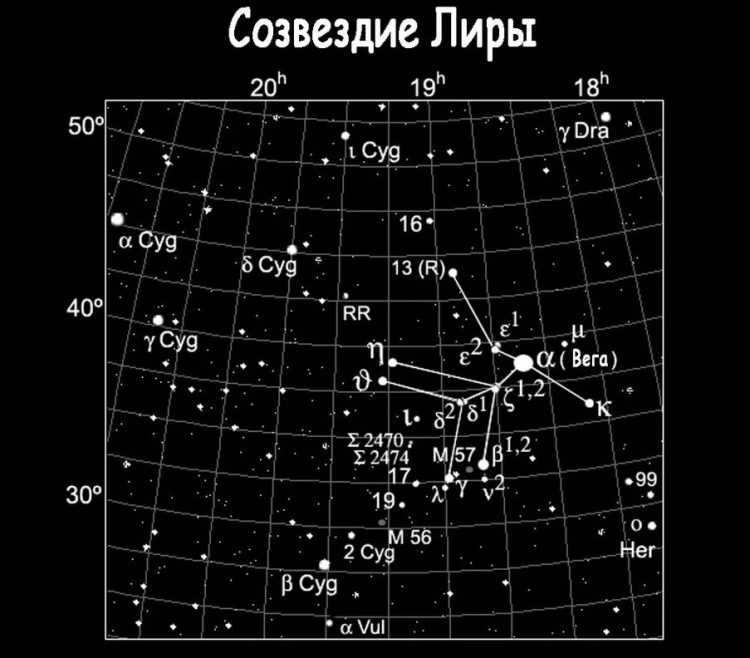
Vega (Alpha Lyra)
Vega is known as the fifth most luminous star in the night sky, ranking as the second brightest in the northern hemisphere (and first in plate astrophotography). This star is classified as a white dwarf (A0V) and has an apparent visual magnitude of 0.0Z. It is located at a distance of 25.04 light-years.
Due to its brightness, close proximity to Earth, and easy observability, Vega has been extensively studied and analyzed, making it one of the most researched stars in the celestial sphere – second only to the Sun, of course. It holds the distinction of being the first star ever photographed (way back in 1850!) and was among the earliest stars for which parallax and absorption lines in the spectrum were measured. Additionally, Vega served as the reference point 0 for the scale of stellar magnitudes.
In the year 12000 BCE, Vega served as the north pole star, and it will once again assume this role in the year 1Z727.
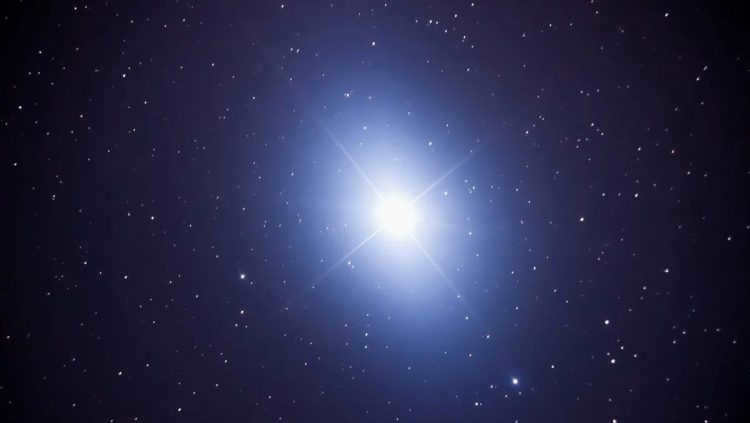
Vega is 2.1 times more massive than the Sun and is only a tenth of its age (455 million years old). Its expected lifespan is approximately the same. This star is classified as a variable star due to its fast rotation speed of 274 km/s at the equator. It is believed to possess a circumstellar dust disk, which emits excessive infrared radiation. There is a possibility of at least one Jupiter-sized planet orbiting around Vega.
Due to its high brightness, Vega is easily visible in the sky. It is a prominent member of the Summer-Autumn Triangle, which consists of Altair (Eagle) and Deneb (Swan). Positioned at the top, Vega stands out.
Sulafat is a massive blue-white star located in the constellation of Lyra. It has a visual magnitude of Z.261, making it the second brightest star in the constellation. Sulafat is approximately 620 light-years away from Earth. The radius of Sulafat is 15 times larger than that of the Sun. It rotates at a speed of 71-72 km/s. The name Sulafat is derived from the Arabic word “al-sulḥafāt,” which means “turtle.”
Sheliak
can be restated as “The star known as Sheliak.”
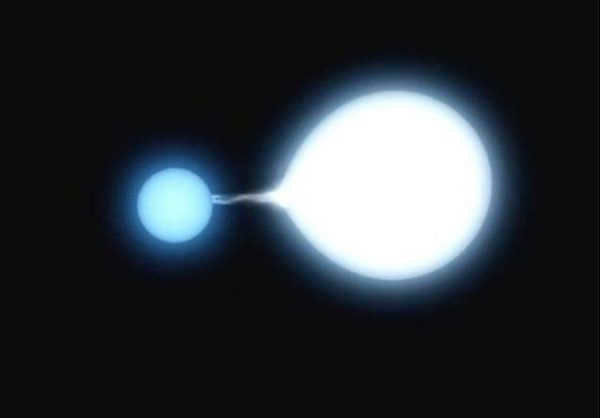
Sheliak (Beta Lyrae) is a binary star system located approximately 960 light-years away, with an apparent visual magnitude of Z.52. The name “Sheliak” is derived from the Arabic word for “tortoise” or “harp”. This star system exhibits variable luminosity, ranging from Z.4 to 4.Z magnitude. It was first observed by John Goodrick, a British astronomer, in 1784. The two stars in the system are so close together that they appear as a single star when observed through optical telescopes. The rotation period of this celestial object is approximately 12.9414 days.
The main star is a giant of blue-white color (B7II). The second entity is a star of the B class. One of them occupies the Roche cavity of the binary star, while the other does not. The gas from the donor’s surface is transferred to the accreting star, and the transfer of mass dominates the system’s evolution. The B7II star used to be much more massive. When it turned into a giant, it transferred a significant portion of its mass to its companion, resulting in the formation of an accretion disk around it (which prevents a more accurate type determination).
R Lyrae is a red giant star known as M5III. It is a pulsating star that varies in brightness, with an apparent magnitude ranging from Z.9 to 5.0. It is located approximately Z50 light-years away from our solar system. This star is much brighter and larger than the Sun, but it is not as efficient in heating.
Delta Lyrae
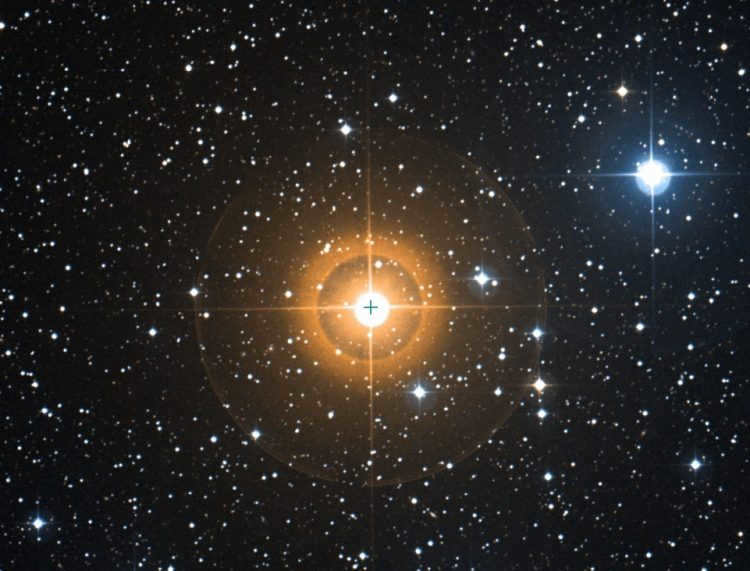
Lyra Delta is identified by a star and star system that have the same Bayer designation.
Lyra Delta 1 is a binary star system with an orbital period of 88 days. The apparent magnitudes of the components are 5.569 and 9.8. The separation between them is very small, resulting in a spectroscopic binary system located 1100 light years away from us. The primary star is a blue-white dwarf (B2.5 V), which is twice as hot and brighter than the Sun. The companion star is an orange giant (K2III), larger and brighter than the Sun, but cooler in temperature.
Delta 2 Lyra is a red bright giant (M4 II) with a visual magnitude of 4.0 and a distance of 740 light-years. It is 6500 times brighter than the Sun and has a radius 200 times larger. Its age is estimated to be 75 million years.
Epsilon Lyrae
Epsilon Lyrae, also known as the Double Double, is a fascinating star system located in the constellation Lyra. It consists of two binary star pairs, making it a quadruple star system. The primary pair, Epsilon1 Lyrae, is made up of two stars that are very close to each other and orbit around a common center of mass. The secondary pair, Epsilon2 Lyrae, is located further away from the primary pair and also consists of two stars that orbit around each other.
What makes Epsilon Lyrae so interesting is that it is possible to observe the separation of the two binary pairs with the naked eye under good viewing conditions. However, a telescope is needed to resolve each individual star in the pairs. The primary pair has a separation of about 2.6 arcseconds, while the secondary pair has a separation of about 208 arcseconds.
Epsilon Lyrae is a popular target for amateur astronomers due to its unique nature and its relatively easy visibility. It is also a good test of a telescope’s resolving power. The system is located about 162 light-years away from Earth and has a combined apparent magnitude of 4.7, making it visible to the naked eye in dark skies.
In addition to its interesting nature, Epsilon Lyrae is also known for its historical significance. It was first observed as a double star by the English astronomer John Michell in 1781. Since then, it has been a subject of study for many astronomers and has contributed to our understanding of stellar formation and evolution.
Overall, Epsilon Lyrae is a captivating star system that offers a unique viewing experience for astronomers. Whether observing it with the naked eye or through a telescope, it never fails to impress with its beauty and complexity.
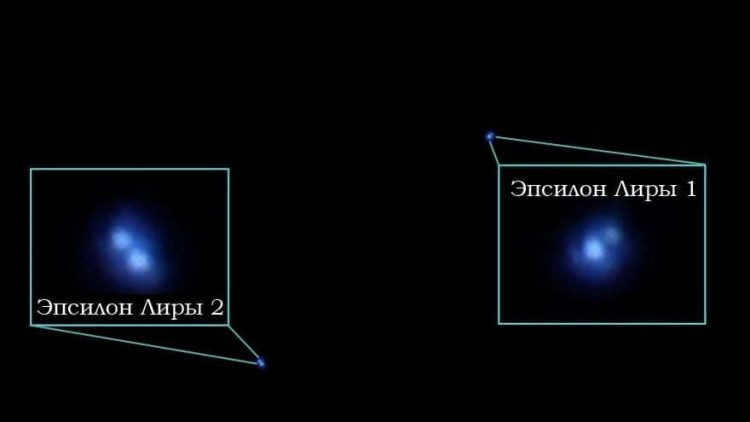
Epsilon Lyrae is a system of stars that is located 162 light-years away. The visible visual magnitude of this system is 4.7. When observed through a telescope, a curious observer will be able to see two stars that are rotating relative to each other. These two stars form a double star system.
Epsilon 1 Lyrae is the northern object in this system. It consists of a double star, with the two components separated by 2.Z5 arc seconds. The visible magnitudes of these components are 4.7 and 6.2, and they have an orbital period of 1200 years. The stars Epsilon 2 Lyrae are separated by 2.Z arc seconds and have magnitudes of 5.1 and 5.5. The orbital period of this double star system is half that of Epsilon-1. In 1985, a fifth object was discovered in this system, which orbits around Epsilon-2 in just a few decades.
RR Lyrae.
RR Lyrae is a type of pulsating variable star that is commonly found in globular clusters. These stars have short periods of variability, typically less than a day, and their brightness changes due to the expansion and contraction of their outer layers. RR Lyrae stars are important in astronomy because they can be used to measure distances to galaxies and help determine the age of the universe. They are also used as standard candles for studying the structure and evolution of our own Milky Way galaxy.
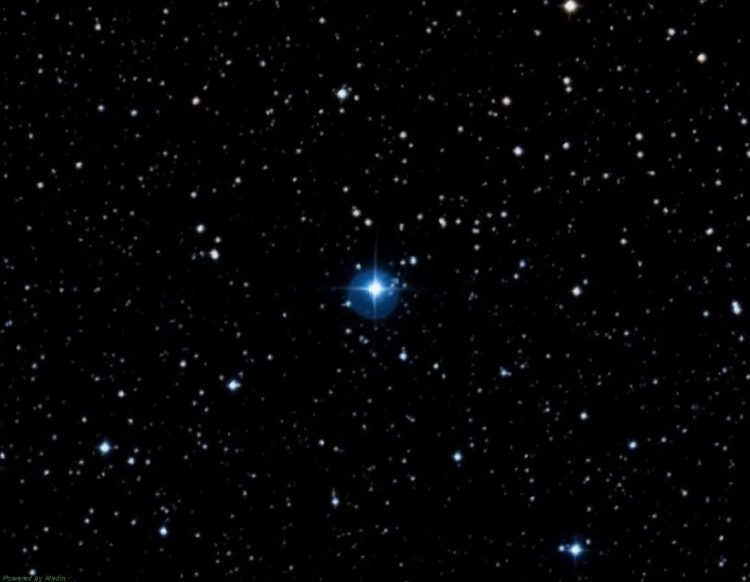
It is a variable star located near the boundary with the Swan constellation. These stars are pulsating horizontal stars of the A spectral class (sometimes F) with half the mass of the Sun. They are believed to be similar to the Sun, but have lost mass at some point. The average absolute magnitude is 0.75 units. Among the RR class, Lyra is the brightest with an apparent magnitude of 7.06-8.12. Its average apparent magnitude is 7.195 and it is located at a distance of 860 light-years from the Sun.
This star has already gone through the main sequence, red giant stages, and is now part of the horizontal branch (HB) where helium fusion occurs in the core and hydrogen fusion occurs in the envelope. Lyra’s RR variability was first observed by William Fleming in 1901. The regular pulsations occur for 1Z hours and Z6 minutes, causing the star’s radius to vary from 5.1 to 5.6 times the radius of the Sun.
DM Lyra
DM Lyrae is an example of a cataclysmic variable star that consists of a close binary system: a white dwarf that accretes matter from its companion star. As a result, an unstable disk forms, leading to periodic outbursts in the white dwarf. The exact nature of the primary body in this system remains unknown. The system has a standard apparent visual magnitude of 18, but during outbursts, it can reach a magnitude of 1Z.6. Two notable outbursts have been observed in the past century: one in 1928 and another in July 1996. The latter outburst was particularly long and luminous, suggesting that DM Lyrae belongs to the SU-type variable stars found in the constellation Ursa Major.
Gliese 758
Gliese 758 is a yellow dwarf star, with a brightness of 6.36 units and located 51.4 light-years away. It is easily observable with binoculars. The star bears a striking resemblance to our Sun, as it has a mass of 97% and is 51% larger in metal content.
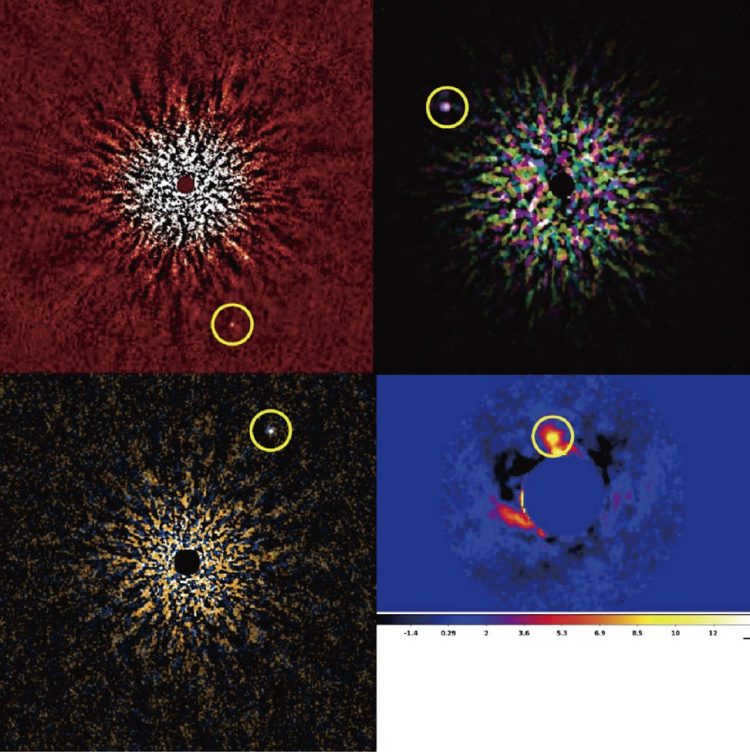
Gliese 758 is accompanied by exoplanets.
In November 2009, scientists discovered a companion star, Gliese 758b, which has a mass similar to that of Jupiter.
Gliese 747AB
This star system consists of two red dwarfs (MZ and M5) and is the closest to our Sun. It is located 26.5 light-years away. The two objects revolve around each other in a period of 5 years and at an inclination of 0.Z5″.
It is a giant star that has an orange color. Its BB is 4.323 and it is located at a distance of 238 light years. This star is known for its variability. It has a large size and is estimated to be quite old.
Mu Lyrae
Mu Lyrae is a subgiant star that has a white color. It has a magnitude of 5.12 units. The name of this celestial object means “claws of the eagle” in Arabic. This name is derived from the “attacking eagle” mentioned in ancient Greek legends and myths. Mu Lyrae shares this name with Eta Lira. It can be found 2.5 degrees west-northwest of Vega.
Fascinating things to observe
The Lyra constellation is home to a plethora of celestial objects besides stars. These include an assortment of clusters, nebulae, galaxies, and other systems. We will now explore their names and descriptive features.
1. The “Ring” Planetary Nebula (M 57 or NGC 6720)
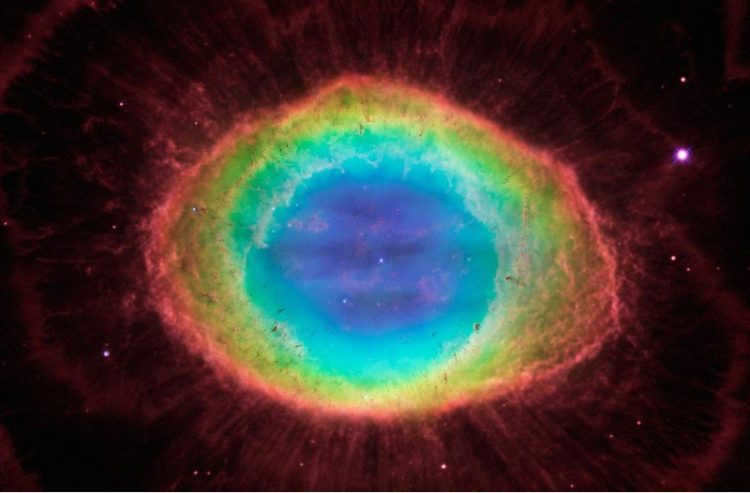
A planetary nebula called Lira is commonly found in the southern region of the star Vega. It is easily visible and has a BB value of 8.8 units. The discovery of this object dates back to January 1779. The formation of the nebula occurred when a red giant star went through the process of transforming into a white dwarf. It has a unique shape, being bipolar and featuring a dense ring.
This incredible “celestial eye” gazes at us from the vastness of space, centered around a very hot blue star with a temperature nearing 100,000 degrees Celsius.
The distance from us to the nebula is estimated to be around 2100 light-years, although some sources suggest it could be as far as 4100 light-years away. The radius of the ring is approximately one-third of a light-year. The nebula’s age is believed to be less than 10,000 years.
Today, it stands as one of the most visually captivating subjects in the entire Universe.
It is particularly delightful to discern the various hues and tones in amateur photographs, showcasing details that may not be readily visible through a telescope. The Nebula is most effectively observed using a telescope with a 200 mm aperture, although smaller units with a 150 mm aperture can still reveal a small nebular disk and a dark core. M 57 continues to undergo gradual expansion at a rate of just over 1″ per century, a change that remains imperceptible to the naked eye.
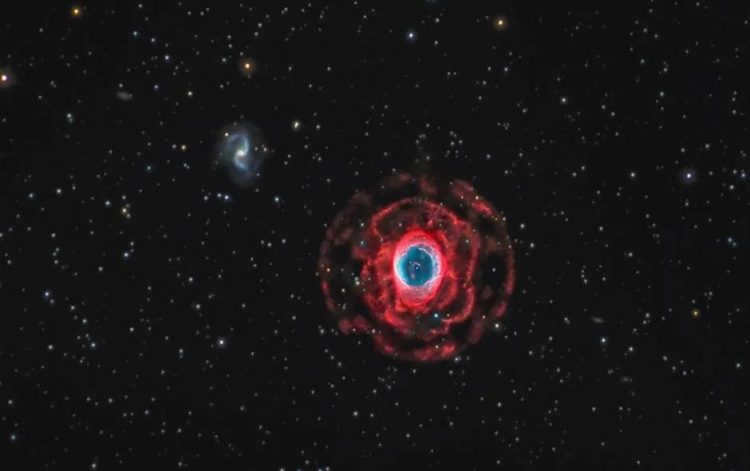
The M57 “Ring” nebula and IC1296 galaxy
IC 1296 is a spiral galaxy with a junction, situated 221 million light-years away and boasting an apparent visual magnitude of 14.8. It can be found 4 degrees northwest of the Ring Nebula. To delve deeper into the constellation Lyra, you can take advantage of ZD models and an online telescope. Alternatively, you can explore it on your own with the help of a star map.
3. M 56 – a bright globular cluster in the Lyra constellation
The Lyra constellation is home to the brightest globular cluster, M 56. With a brightness of 8.3m and an apparent size of 8.8′, it stands out among the stars. Its diameter is estimated to be about 80 light-years (although some sources mention 60). Situated at a distance of approximately 30 thousand light-years from the Sun (although different sources provide varying values), the discrepancy in measurements is likely attributed to calculation errors.
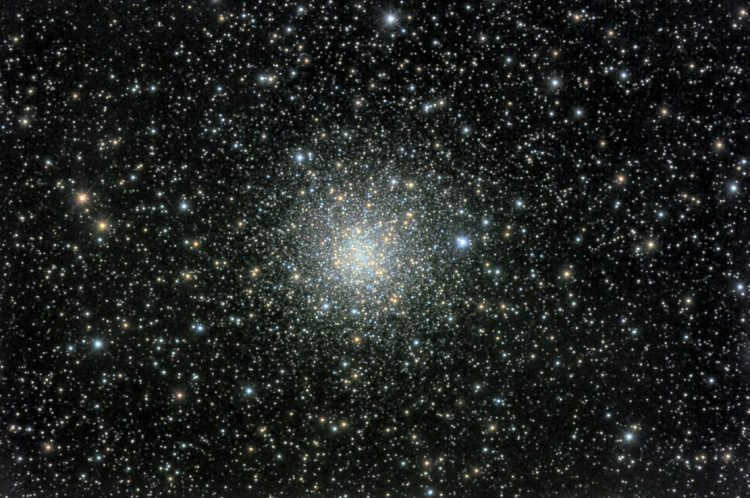
It is suggested that the characteristics of this cluster indicate that it may have been obtained during the merger of the dwarf galaxy from which the surviving nucleus of Omega Centauri is formed.
Even in telescopes with a diameter of 130 to 150 millimeters, M 56 can be closely observed. Although it has not yet fragmented into stars, its rich core and diverse structure at the edges are visible.
While the brightest stars in M56 have a magnitude of 13, there are only about a dozen known variable stars. The outermost stars are Sulafat and Albireo. With binoculars, only a blurry star can be seen. Therefore, for observational purposes, it is most convenient to use a dedicated 8-inch telescope.
4. NGC 6791: A Dispersed Stellar Cluster
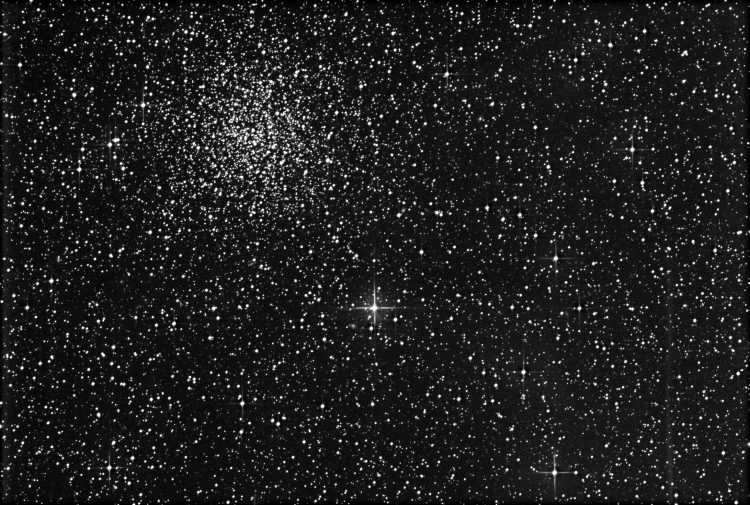
NGC 6791 is a widespread cluster that is the oldest and wisest among its kind, estimated to be around 8 billion years old. It has been extensively studied and is known for its large size. With a brightness of 9.5m and an angular diameter of 16′, it is located approximately 20,000 light-years away.
This scattered cluster consists of about 100 stars, and it has been discovered that there are white dwarfs within it that are older than 6 billion years. In terms of composition, NGC 6791 has a higher ratio of iron to hydrogen compared to the Sun. This makes it one of the oldest and most metal-rich clusters in the Milky Way. It is worth noting that while it is common for old clusters to have low amounts of heavy elements, NGC 6791 defies this trend.
When viewed with a low power eyepiece, the dispersed cluster appears as a faint and small globular cluster. However, switching to a more powerful eyepiece reveals that the cluster is actually scattered. The presence of numerous stars with magnitudes ranging from 10 to 13 in the background makes it extremely challenging to discern the boundaries of the target object and differentiate it clearly against the uneven background.
5. NGC 6745 Galaxy
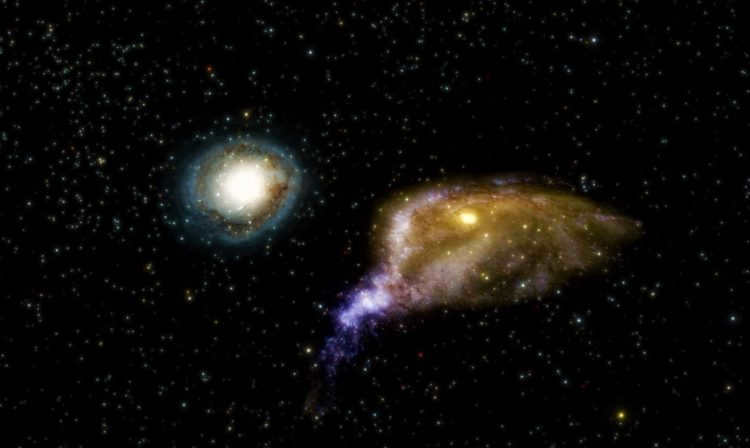
NGC 6745 is a peculiar galaxy located approximately 206 million light years (63.5 megaproject parsecs) away in the constellation Lyra. It is actually a trio of galaxies currently undergoing a collision.
For hundreds of millions of years, these three galaxies have been merging together. Having passed through the larger galaxy (NGC 6745A), the smaller galaxy (NGC 6745B) is now moving away. The larger galaxy was likely a spiral galaxy prior to the collision, but it has suffered damage and now appears distorted. Due to the immense distances between them, it is unlikely that any stars from the two galaxies collided directly. However, their gas, dust, and surrounding magnetic fields interact directly during the collision. As a result of this interaction, the smaller galaxy likely lost most of its interstellar medium to the larger galaxy.
How to Spot a Constellation in the Night Sky
The primary configuration of Lyra consists of a small parallelogram created by stars of 3rd and 4th magnitude, positioned directly below Vega. Another faint star, Lyra epsilon (ε), can be found slightly above and to the left of Vega. When combined with Vega and Lyra’s ζ, the epsilon star forms a small triangle, known as the “second summer triangle.” This formation is commonly referred to as the “second summer triangle.”
The Lyra constellation is typically associated with summer due to its position in the southern sky, where it reaches its highest point above the horizon during summer evenings. However, Lyra can also be spotted in the night sky of Russia and neighboring countries outside of the summer season.
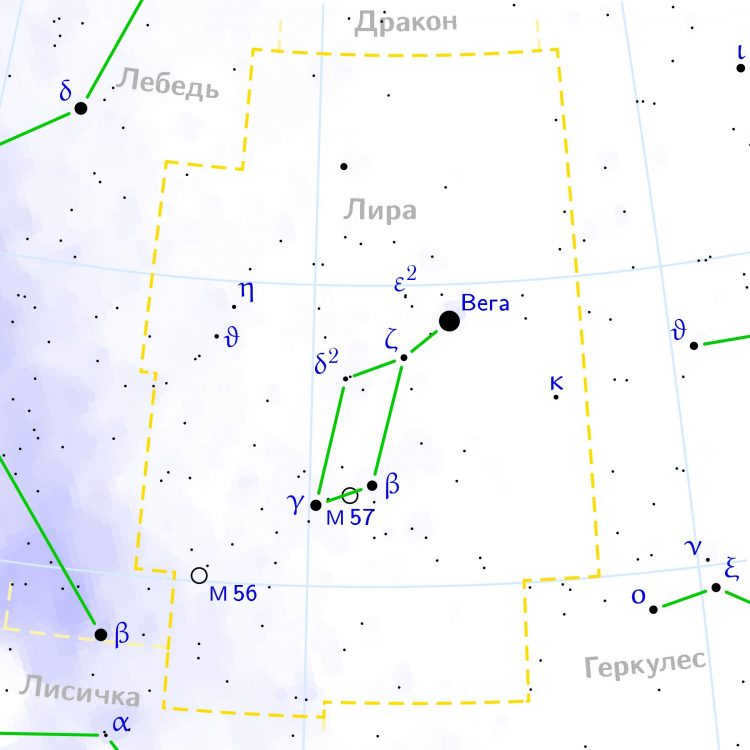
During autumn, you can see the constellation Lyra high in the sky in the southwest during the evenings, in the west around midnight, and in the northwest late at night.
In winter, Lyra can be observed in the evenings in the west and northwest, and in the morning in the eastern part of the sky.
Finally, in spring, Lyra can be seen throughout the night. In the evening, it is low above the horizon in the northeast, at night it moves to the east, and in the morning it is already high in the southeast.
It is worth mentioning that above the latitude of Kiev, the brightest star in the constellation Lyra, Vega, remains above the horizon all the time! As a result, in Moscow, Riga, and St. Petersburg, the northern part of Lyra can be seen throughout the year, while in Murmansk and Arkhangelsk, the constellation is constantly visible except during the white nights period.
Lyra is an ancient constellation that has been documented in Claudius Ptolemy’s Almagest.
In ancient Egyptian astronomy, Lyra was represented as a vulture, while in ancient India it was depicted as an eagle or vulture. This intriguing similarity in mythology between the two countries raises the possibility of a shared ancient myth, despite the significant distance between India and Egypt.
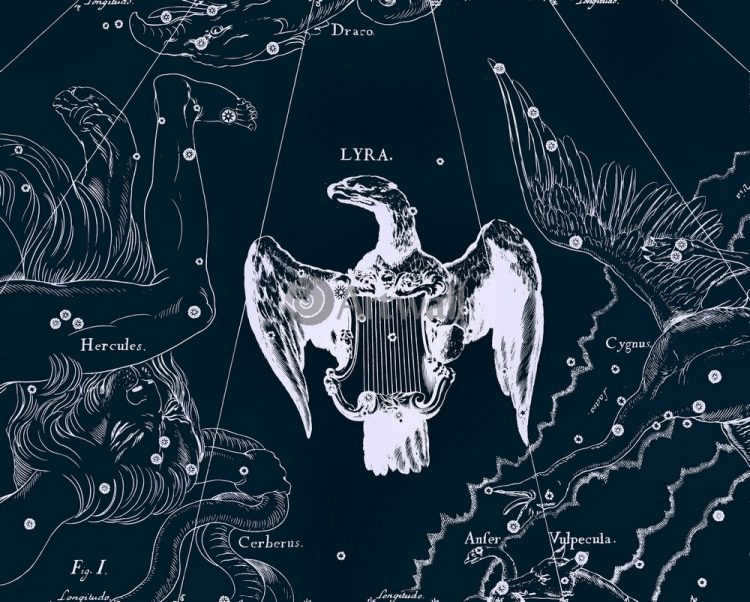
Unfortunately, the original tale of this ancient myth has been lost to time, leaving us with only the later ancient Greek version.
In the era of Ancient Greece, the lyre was a beloved musical instrument among many. As a result, it became intertwined with both mythology and true stories.
The constellation Lyra is referred to as “Shepherd with Sheep” by the Romanians. Within this constellation, Vega is depicted as the shepherd, while the other four stars represent the sheep.
Interestingly, on the other side of the world in South America, the ancient Incas also associated the constellation Lyra with cattle. They believed that these five stars provided protection for their livestock and even made sacrifices to honor the constellation Lyra.
The legend of the constellation
The constellation was named after the lyre that belonged to Orpheus, the renowned musician and son of the god Apollo. Orpheus was deeply in love with his wife, Eurydice, and when she died, he couldn’t bear to be separated from her. He made a journey to the underworld, Tartarus, in search of her. With his enchanting music, Orpheus was able to captivate the three guardians of the underworld – Cerberus, Charon, and Gades, the god of the dead. Hades, the ruler of the underworld, was moved by Orpheus’ talent and agreed to let Eurydice leave with him on one condition: Orpheus must never look back until they reached the world of the living again. Unfortunately, Orpheus couldn’t resist the temptation and glanced back, causing Eurydice to be forever trapped in the realm of the dead.
Orpheus was overwhelmed with sorrow, and he roamed the mountains and forests, strumming the lyre, for countless days and nights. It was during this time that he chanced upon a gathering of Bacchae, priestesses devoted to the worship of Dionysus. Intoxicated by wine, these women lured Orpheus into their midst and cruelly dismembered him. His remains were interred in Thrace, while his head found its final resting place on the island of Lesbos. As a testament to his musical prowess and tragic fate, the god Apollo immortalized the lyre among the stars.

